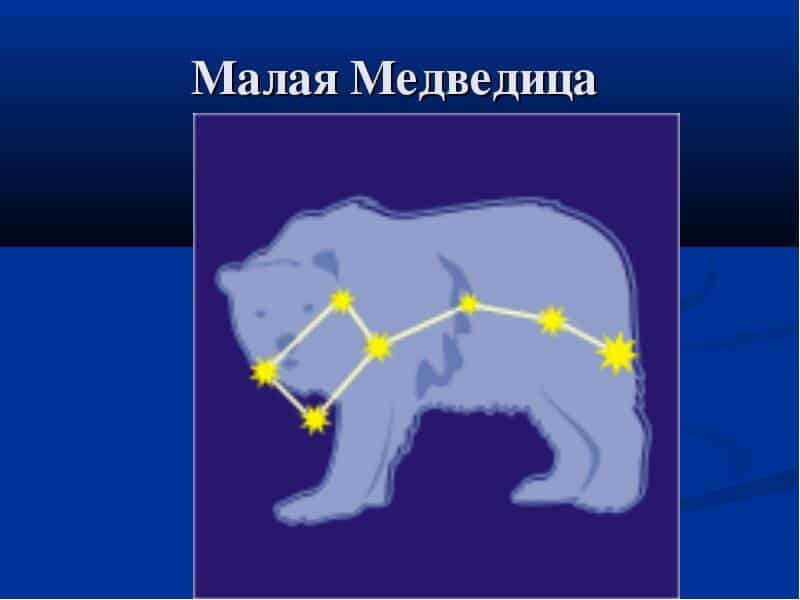The definition of “constellation” has evolved over time. In present day, a constellation is generally defined as a specific area within the celestial sphere.
Astronomy, an ancient science, has its roots in the distant past. In earlier times, people, particularly travelers, had a keen interest in astronomy as they relied on the stars for navigation. The scholars of ancient civilizations also studied the night sky, although their understanding was not as comprehensive as that of modern experts. The knowledge from that era can be described more as an understanding of the natural world rather than a scientific discipline.
During ancient times, individuals would gaze at the nighttime sky and mentally connect the stars together, creating various imaginary shapes and forms. These collections of stars were known as constellations. However, the system that was developed during this period was both intricate and flawed due to a lack of organization. This resulted in frequent confusion, as certain stars would be included in multiple constellations, while other celestial elements would be overlooked and forgotten. Furthermore, in those ancient times, storing and organizing the known information was a challenging task.
In 1922, a unified system for dividing the sky into separate areas was developed by the International Astronomical Union. A total of 88 constellations were approved by the Union, with only 54 of them being visible in Russia. Here is a list of the top 10 most well-known constellations. This article showcases the most famous constellations in the sky.
10. Dragon
The mythical creature known as the dragon has captivated humans for centuries. With its massive size, powerful wings, and fiery breath, the dragon is a symbol of strength and power. Legends and stories from various cultures depict dragons as both fearsome beasts and wise creatures. In Chinese mythology, dragons are revered as benevolent beings that bring good luck and prosperity. In European folklore, dragons are typically portrayed as evil creatures that terrorize villages and hoard treasure. Despite their different interpretations, dragons continue to be a popular subject in literature, art, and popular culture. Whether they are portrayed as friend or foe, the allure of the dragon remains strong, making it one of the most iconic and enduring mythical creatures of all time.
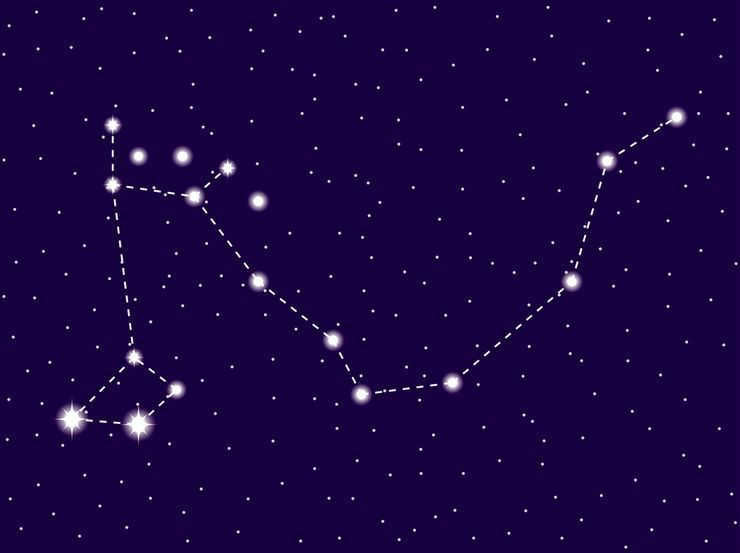
The Dragon constellation is one of the largest constellations in the night sky. It covers an impressive area of 1083 square degrees. Situated in the Northern Hemisphere, between the Big and Little Bears, observing the Dragon can be quite challenging.
The stars that make up the Dragon constellation are not known for their brightness. In fact, most of them emit a faint and dim light. Out of the stars within the constellation, only 80 have a magnitude of brightness exceeding 6m.
To locate the Dragon in the night sky, look for it in the region of the Big Dipper. The Dragon’s head is marked by a curved line that ends in a quadrangle, while its body extends further away. The best time to observe the Dragon is during the summer and fall seasons, from May through December.
Legends and myths recount the origins of Cepheus, a notorious creature filled with untamed fury, who sought to challenge the mighty Olympian gods themselves. In a stunning display of divine retribution, the goddess Athena cast him into the heavens, where he was condemned to eternally dwell.
9. The Enigma of Cepheus
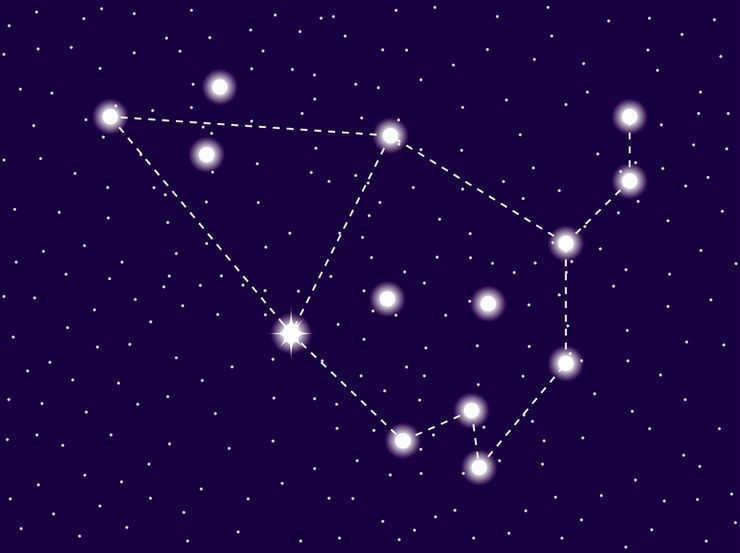
Cepheus occupies a region in the Northern Hemisphere, covering an area of 588 square degrees. It offers an impressive collection of 148 celestial objects for those seeking to appreciate its beauty. The constellation is shaped like an irregular pentagon and can be easily located next to Ursa Minor.
Although Cepheus lacks stars with bright, intense radiance, it is still a captivating sight throughout the year in the Russian Federation.
Its fame stems from scientific predictions stating that the constellation will eventually migrate towards the North Pole in a thousand years.
8. Centaurus
Centaurus is a constellation in the southern sky. It is named after the centaur, a mythical creature that is half human and half horse. The constellation is visible from the southern hemisphere and is one of the largest constellations in the sky. Centaurus contains several bright stars, including Alpha Centauri, which is the closest star system to Earth. It is also home to many other interesting celestial objects, such as globular clusters and nebulae.
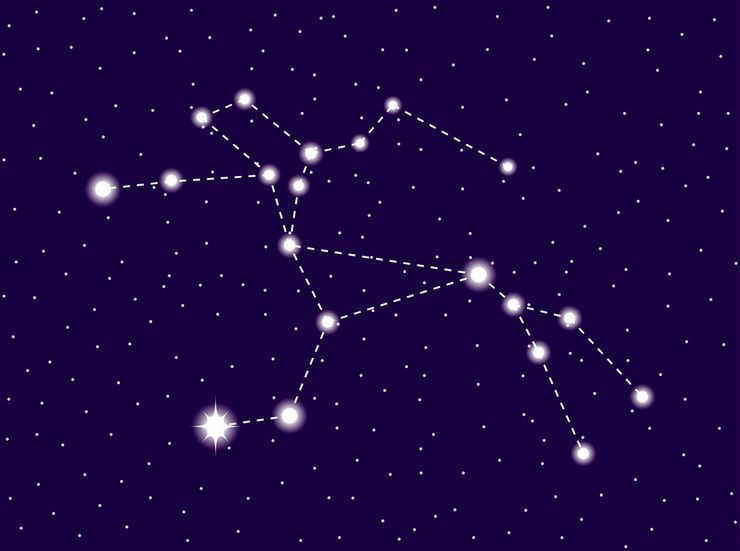
Centaurus is a vast constellation spanning an area of 1060 square degrees, and it is home to a multitude of stars. Unfortunately, the Northern Hemisphere residents are unable to witness its splendor firsthand.
The constellation is situated in the Southern Hemisphere, and it can be easily located by drawing an imaginary straight line from the Big Dipper to Virgo. In Russia, there is a secret to better viewing: the closer one is to the South, the clearer the view of Centaurus becomes. However, due to its size and location, residents of Russia are unable to fully appreciate its magnificence.
The name Centaurus was not chosen randomly, it was inspired by the centaurs from Greek mythology. One of the most well-known legends tells the story of Chiron, an immortal and wise centaur who ascended to heaven. This name is frequently used in books and movies.
7. Virgo
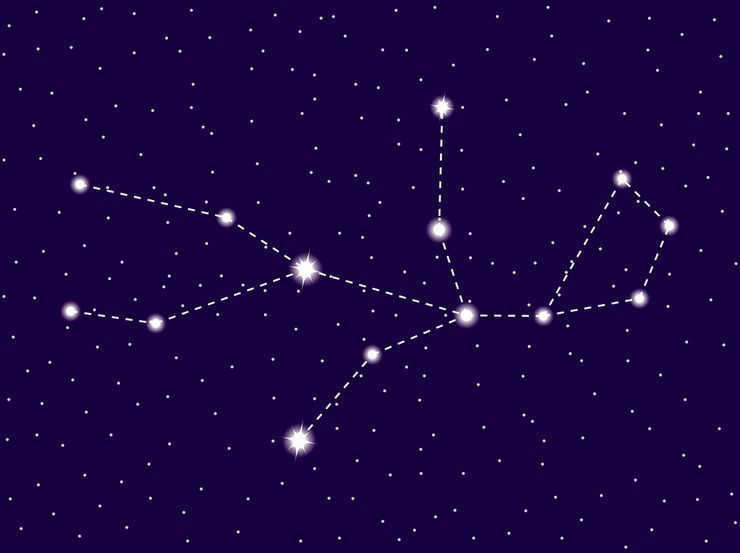
Virgo is the second largest constellation, covering an area of 1,294 square degrees. It is located along the equator, between the constellations of Leo and Libra. Virgo stands out due to its association with the fall equinox.
In ancient depictions, Virgo was often represented as a young girl holding a small ear of wheat. However, this image may be difficult for modern observers to discern in the night sky, as it requires a vivid imagination and keen perception.
A useful reference point for locating Virgo is the first magnitude star Spica, which ranks as one of the brightest stars and is the sixteenth brightest overall. In total, there are 171 stars within the constellation of Virgo.
6. Hydra
Hydra is a mythical creature with multiple heads.
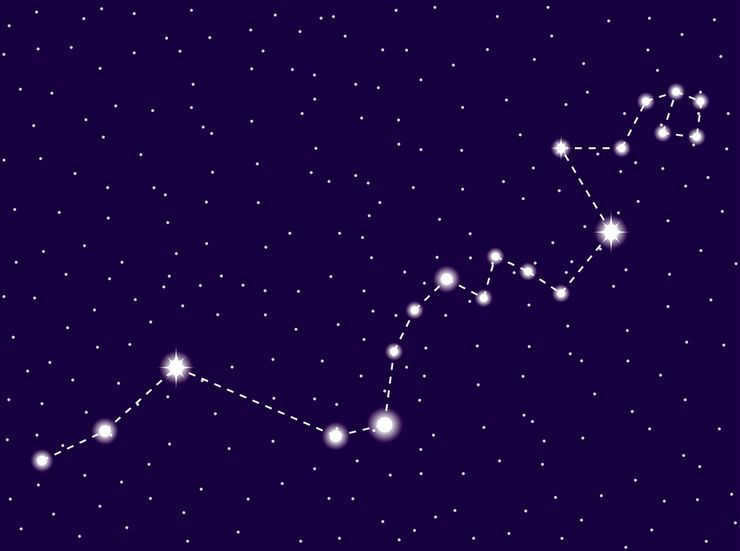
Hydra holds the top spot for its length, covering an area of 1300 square degrees. Its location is in the Southern Hemisphere.
In Russia, this constellation can be observed at the end of winter and early spring. Only residents of cities in the southern part of the country will be able to fully appreciate its beauty. Without the use of telescopes or binoculars, the naked eye can see 229 stars. However, they do not possess a strong, vivid brightness.
The lineup of stars in Hydra is extensive and includes notable ones such as Alpha Hydra, Xi Hydra, Gamma, as well as numerous small, scattered clusters.
Apollo, in his anger, cast the Water Serpent, making it a prime example. It is also said that Hydra, as the worst enemy of Heracles, was defeated by him through his cleverness and resourcefulness.
5. Cassiopeia
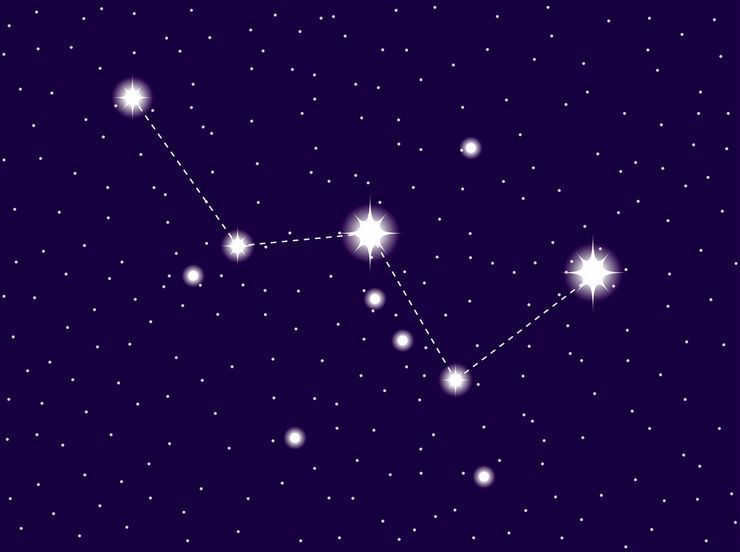
The constellation known as Cassiopeia is situated in the Northern Hemisphere, providing residents of the middle latitudes with the opportunity to observe this group of stars throughout the year, with the best viewing conditions occurring in the autumn. This constellation bears a resemblance to the letter W in the English alphabet and covers an area of 598 square degrees. Within its boundaries, there are a total of 90 stars that are clearly visible, with the largest and brightest consisting of a group of 5 stars.
The name of this constellation was derived from the wife of King Cepheus. Additionally, Cassiopeia is also known as the mother of Andromeda. Cassiopeia was known for her excessive pride and was subsequently punished for her arrogance. The punishment involved the queen being bound to a revolving throne that circled a pole. As a result, Cassiopeia would be upside down with her head at the bottom of the throne once a day.
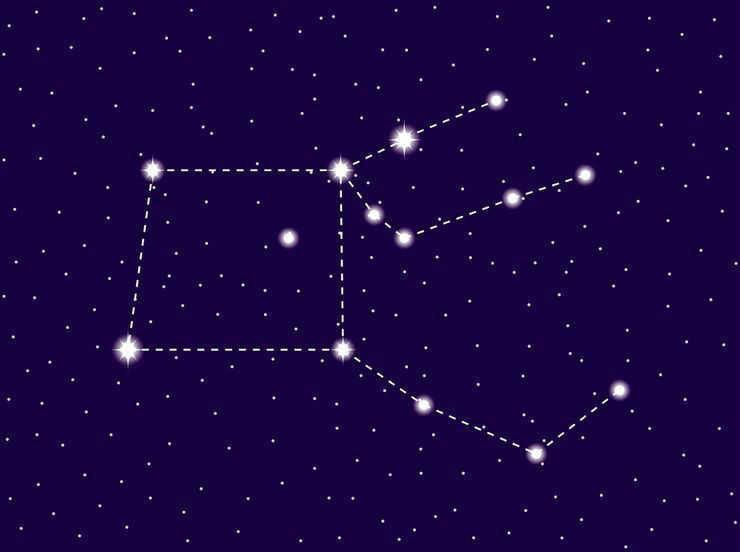
Pegasus, a vast constellation situated in the Northern Hemisphere, covers an area measuring 1,120.8 square degrees. It boasts a remarkable 166 visible stars, all easily observable without the aid of specialized instruments. The optimal time for stargazers to observe this celestial wonder is during the late summer and early autumn months.
With its distinctive square shape and intricate patterns resembling tentacles, Pegasus is a captivating sight that can evoke images of a majestic horse for those with a vivid imagination.
According to legend, Pegasus was born from the drops of blood that fell from the decapitated Medusa Gorgon. In ancient Greek mythology, Pegasus is depicted as a winged horse capable of soaring through the clouds.
3. Hercules
Hercules is the third installment in the series of movies about the famous Greek hero.
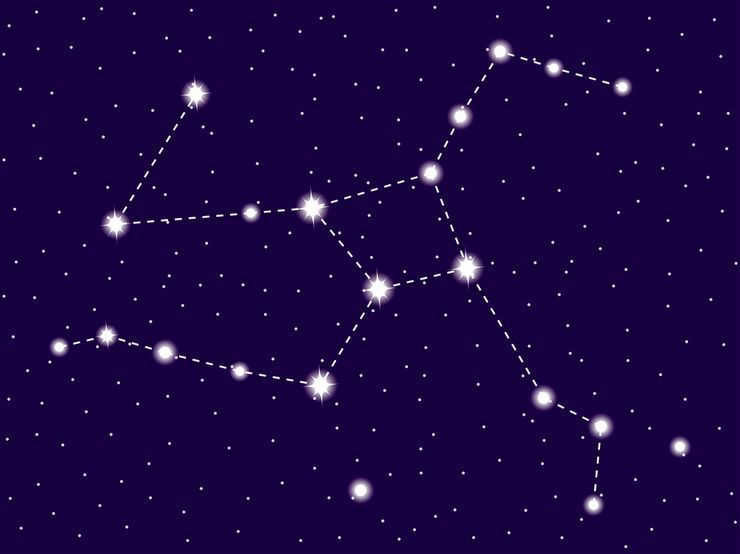
Hercules can be found in the Southern Hemisphere. It covers an area of 1225 square degrees. This group of stars is easily recognizable, and when you observe it, you can clearly identify all its components. Residents of the Russian Federation have a good opportunity to observe Hercules, especially in the month of June. The constellation has a trapezoid shape, which is clearly visible.
In the beginning, the constellation was named “Kneeling”. Aratus, a renowned ancient poet, described it in his writings as a suffering husband. However, the reasons for his suffering are not mentioned anywhere, and no information about it can be found in any source.
Only in the 5th century BC was the name changed to Hercules. Later, it underwent another transformation and became known as Hercules once again.
2. The Great Bear
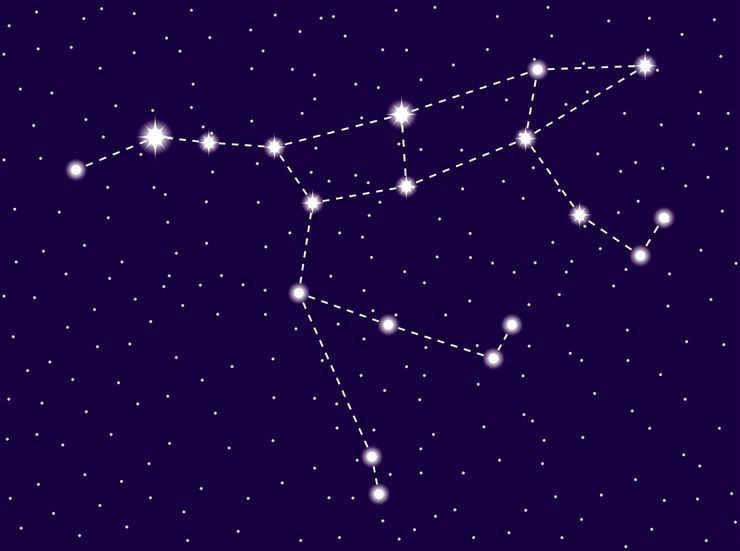
Arguably, the most renowned constellation in the sky is the Big Dipper. It is situated in the Northern Hemisphere. The illustrious Bucket that everyone sought and was certain to locate. It spans an area of 1280 square degrees, ranking third in terms of size. With the naked eye, one can observe the 125 stars that constitute it.
It is frequently referred to as an asterism, which is a clearly visible group of stars, the Big Bucket, and other, less common names.
The origins of its emergence are elaborately depicted in ancient Greek mythology. The most popular rendition recounts that Zeus made the decision to rescue the magnificent nymph Callisto, who had incurred the wrath of the goddess Hera. In order to safeguard the beautiful maiden, Zeus transformed her into a Bear.
1. The Small Ladle
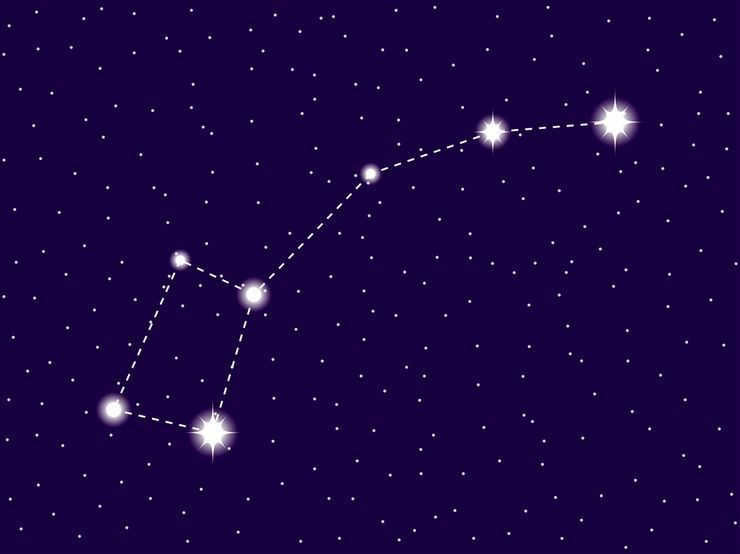
The constellation known as Little Bear is widely recognized and renowned in the celestial sphere. It is situated in the Northern Hemisphere and is classified as a near-polar constellation. Locating this constellation is a relatively simple task, as it can be easily identified by focusing on the Big Dipper, which serves as its neighboring constellation. These two constellations can be observed and admired throughout the entire year. It is worth noting that the current location of the North Pole can be found within the boundaries of the Little Bear constellation. This stellar group is associated with various names, including The Little Bucket and the Guardians of the Pole.
According to ancient myths and legends, the Little Bear constellation is believed to represent the faithful dog of the magnificent nymph known as Calypso. It is said that both the nymph and her loyal canine companion were transformed into celestial beings by the mighty Zeus and were placed in the night sky. As a result, they were granted eternal life and now watch over our planet from high above.

For centuries, the stars and their positions have been used as a guide by humans, regardless of their civilization. Among the most well-known constellations are those that are easily visible, as they have been instrumental in helping people navigate. Today, we will introduce you to these constellations in order to familiarize yourself with them.
Traditionally, the various stars in the sky were connected by invisible lines, creating shapes that served as a map to locate these stars and form constellations. These symbolic figures were tied to the culture of each civilization. Even today, this knowledge is passed down to us, and taking a moment to gaze at the night sky in search of these figures and their associated stars is something that many find fascinating and enjoyable.
The most well-known constellations
There are officially 88 recognized constellations. Many of them have origins in Greek culture, and each constellation is composed of stars, with one star standing out among the rest, making it easier to locate the constellation.
It’s important to note that depending on where we live in the world, there may be constellations that are not visible to us. This categorizes constellations into two groups: southern and northern constellations. The southern constellations are visible from the southern hemisphere, while the northern constellations are visible from the northern hemisphere.
In the following sections, we will discuss the seven most significant or famous constellations, as well as the zodiacal constellations, which are also among the most well-known.
Ursa Major
Easily seen in the sky from the northern hemisphere. The arrangement of stars in Ursa Major gives it a distinct shape resembling a vehicle, hence its popular name “Big Dipper”. This constellation is particularly significant because it remains visible all year round, serving as a reliable guide to find Polaris, the constant north star.
In accordance with the legends of ancient Greece, it is said that Callisto, a goddess, captured the heart of Zeus and soon conceived a child. Fearing the wrath of his wife Hera, Zeus transformed Callisto into a bear. Shortly thereafter, Callisto gave birth to a son named Arcas, who was then entrusted to the care of the Pleiades and later became the king of Arkadia. Separated from her son, Callisto succumbed to her sorrow and Zeus, in his eternal love, transformed her into the constellation known as the Big Dipper within the celestial heavens. As a testament to their eternal bond, when Arcas passes away, he will transform into the Little Bear, and together they will forever remain immortal in the vast expanse of the firmament.

Small Polar Bear
Resembling the Great Dipper, however, the vehicle is depicted in an inverted position and is relatively smaller, hence the given designation. The most luminous celestial body within this asterism is known as Polaris. The alignment of these two groupings played a crucial role in providing navigation assistance in the northern half of the globe all year round.
Orion
Referred to as the “hunter,” the constellation Orion is visible from both hemispheres, making it highly significant. When we connect its stars, they form the shape of a man (the hunter) with a weapon and shield.
Even in the “Odyssey” (circa 8th century BC), Homer mentions this constellation. It is named after Orion, who, according to Greek mythology, is the son of the god Poseidon. Orion was a renowned hunter in Greek mythology and was famous for eliminating dangerous beasts.
However, his pride eventually transformed into arrogance, and he became a vain being, which angered the goddess Hera. She commanded Scorpio to sting him on his heel. Orion retaliated by killing Scorpio with his club, resulting in an eternal rivalry between the two, causing them to occupy opposite positions in the sky. When Scorpius is visible, Orion conceals himself.
Adjacent to this group of stars are his faithful canines known as Canis Major and Canis Minor.
An interesting characteristic of this group is that it contains a prominently red-hued star. The reason for this is that the star has nearly depleted its nuclear fuel source, resulting in its distinct color. This star goes by the name Betelgeuse and is not only massive but also ranks as the tenth most luminous star.
However, Rigel, which is located on Orion’s leg, outshines Betelgeuse and is the seventh brightest star in the night sky.
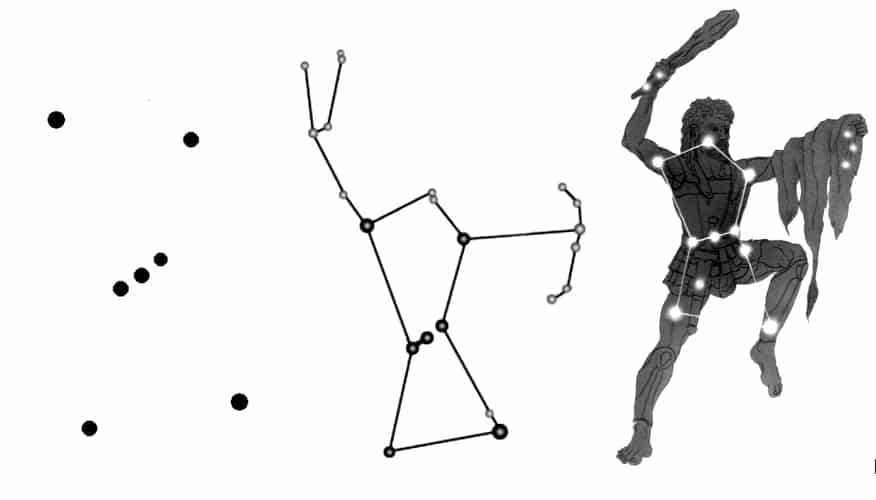
Large Canine
Sirius is the most luminous star in the whole expanse of the heavens. This stellar body has been revered by the ancient Egyptians for centuries. We can locate Sirius as a component of a constellation resembling a canine.
This is a well-known constellation in the sky that can be seen from both hemispheres. Depending on the hemisphere, it can appear as a “W” or an “M”. Cassiopeia always points north, so it is important to find it when the Big Dipper is not visible in order to orient ourselves.
In Cassiopeia, there are two of the brightest stars in the galaxy – Rho Cassiopeiae and V509 Cassiopeiae. These stars are yellow hypergiants.
The ideal time to observe Cassiopeia is in October.
In Greek mythology, Cassiopeia is the mother of Andromeda and the wife of King Cepheus of Ethiopia. She possessed such exquisite beauty that she was often compared to the Nereids, the lovely daughters of the sea, and was hailed as the most stunning creature in existence. This caused Poseidon to become filled with rage, prompting him to dispatch a fearsome sea monster to wreak havoc upon Ethiopia. Gripped with fear, the people sought the guidance of an oracle, who proclaimed that the sole means of appeasing the sea god’s wrath was to sacrifice their beloved daughter Andromeda. However, Perseus, the valiant hero who had just returned from slaying the terrifying Gorgon, was captivated by the young woman’s beauty and used the head of Medusa to vanquish the monstrous beast. Ultimately, the two young individuals were united in matrimony.
Yet, Poseidon remained resolute in his desire to punish Cassiopeia. He condemned her to spend half of eternity in the heavens, seated in a chair that would perpetually leave her in an upside-down position.
Lyre
The constellation gets its name from the musical instrument associated with Orpheus. Its shape resembles an asymmetrical square, with Vega, one of the brightest stars in the sky, forming the tail.
According to mythology, Orpheus’ lyre was a unique instrument crafted by Hermes using the shell of a tortoise. It was a gift for the god Apollo and is considered the first lyre ever created. Orpheus became the owner of the lyre because he was the son of Apollo and the muse Calliope.
According to legend, the melodies created by Orpheus possessed such mesmerizing beauty that they had the power to enchant anyone who heard them. This exceptional talent proved invaluable during the Argonauts’ perilous encounters with the seductive sirens, as Orpheus’ music was the only thing capable of drowning out their irresistible voices. Notably, it was his skillful playing of the lyre that aided him in his harrowing journey to the underworld, where he sought to rescue his beloved wife Eurydice. Without his music, Orpheus would have succumbed to inconsolable grief, and in recognition of his extraordinary talent, Zeus immortalized his lyre by placing it among the stars in the firmament.
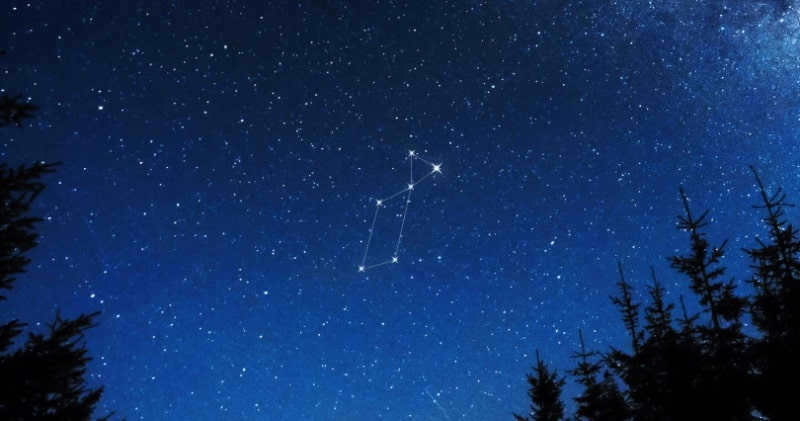
The Northern Cross
One of the most challenging to locate due to their small size and dim light, The Northern Cross is only visible in the northern hemisphere and lies near the celestial equator. Its form resembles that of a semicircle.
Sailors navigating those waters make use of the epoch and will be the ones to give it a name. It has been depicted on star charts since the 17th century.
Both its shape and name have religious connotations.
The zodiac constellations
Each of them is a representation of one of the zodiac symbols. Hence, we have a total of twelve constellations: Aries, Taurus, Gemini, Cancer, Leo, Virgo, Libra, Scorpio, Sagittarius, Capricorn, Aquarius, and Pisces.
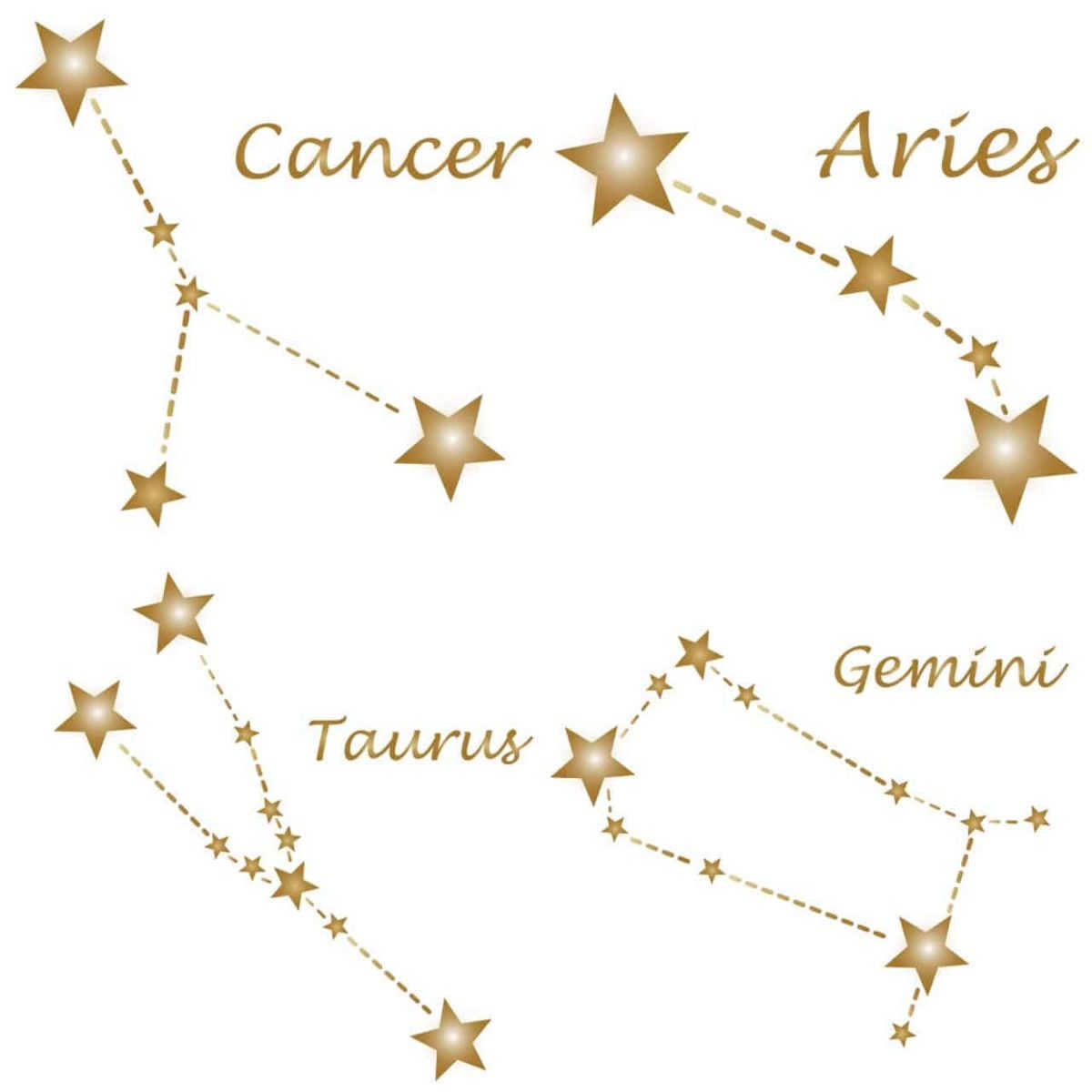
Nowadays, thanks to the technology that surrounds us, it has become incredibly simple to locate all these constellations, which happen to be the most well-known ones. We can rely on a variety of constellation apps that assist us in finding them no matter where we are.
Therefore, whenever you come across a clear sky, take a moment to observe it closely and identify all these constellations. Who knows? Perhaps one day your cell phone battery will run out and you’ll have to navigate using the stars, just like humanity has done for centuries.
The information presented in this article adheres to our editorial standards. If you notice any inaccuracies, please click here to report them.
Full article path: postpost “Constellations” – The most famous constellations in the night sky
Even experienced astronomers occasionally confess that they struggle to identify all 88 of the current constellations, as certain constellations contain stars that are not easily visible without a telescope.
Despite the challenges, being able to identify these luminous constellations can evoke feelings of both fulfillment and awe. To assist you in this endeavor, here is a compilation of the ten most prominent constellations in the nocturnal sky.
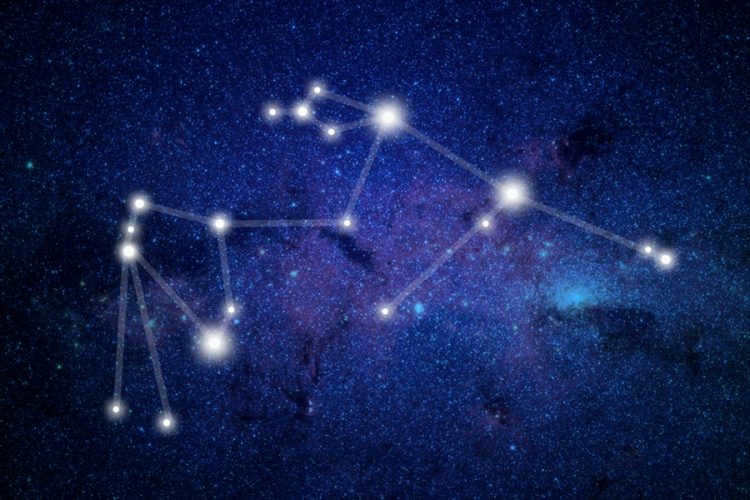
In ancient Greek mythology, Aquarius was associated with Ganymede, a remarkably attractive young man. Zeus was captivated by Ganymede’s beauty and invited him to live on Mount Olympus, the dwelling place of the gods. In return for his service, Ganymede was bestowed with everlasting youth and the honor of being immortalized in the celestial heavens.
Despite its notable position and expansive dimensions, Aquarius lacks any distinctive characteristics or prominent stars that set it apart.
9. Centauri, covering an area of 1060.422 square degrees.
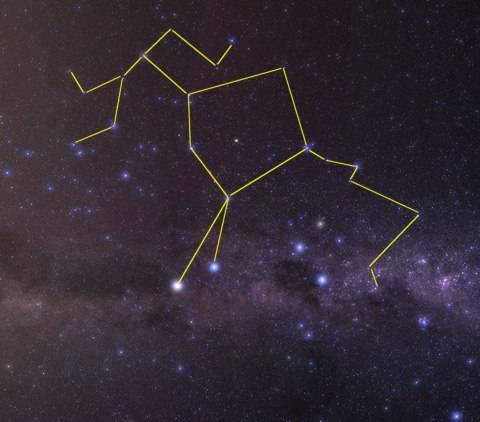
The constellation symbolizes a mythical creature from Greek mythology, a centaur, which is half man and half horse. Different sources may disagree on which specific centaur the constellation represents, but it is commonly associated with Chiron, who was known for training Greek heroes such as Hercules, Peleus, Achilles, Theseus, and Perseus.
Centaurus is home to two of the brightest stars in the sky, Alpha Centauri and Beta Centauri. It also houses Centaurus A, which is one of the most luminous galaxies visible at night, as well as the Omega Centauri globular cluster. Other notable features found in Centauri include the famous Blue Planetary Nebula, also known as the Southerner Nebula, and the Boomerang Nebula.
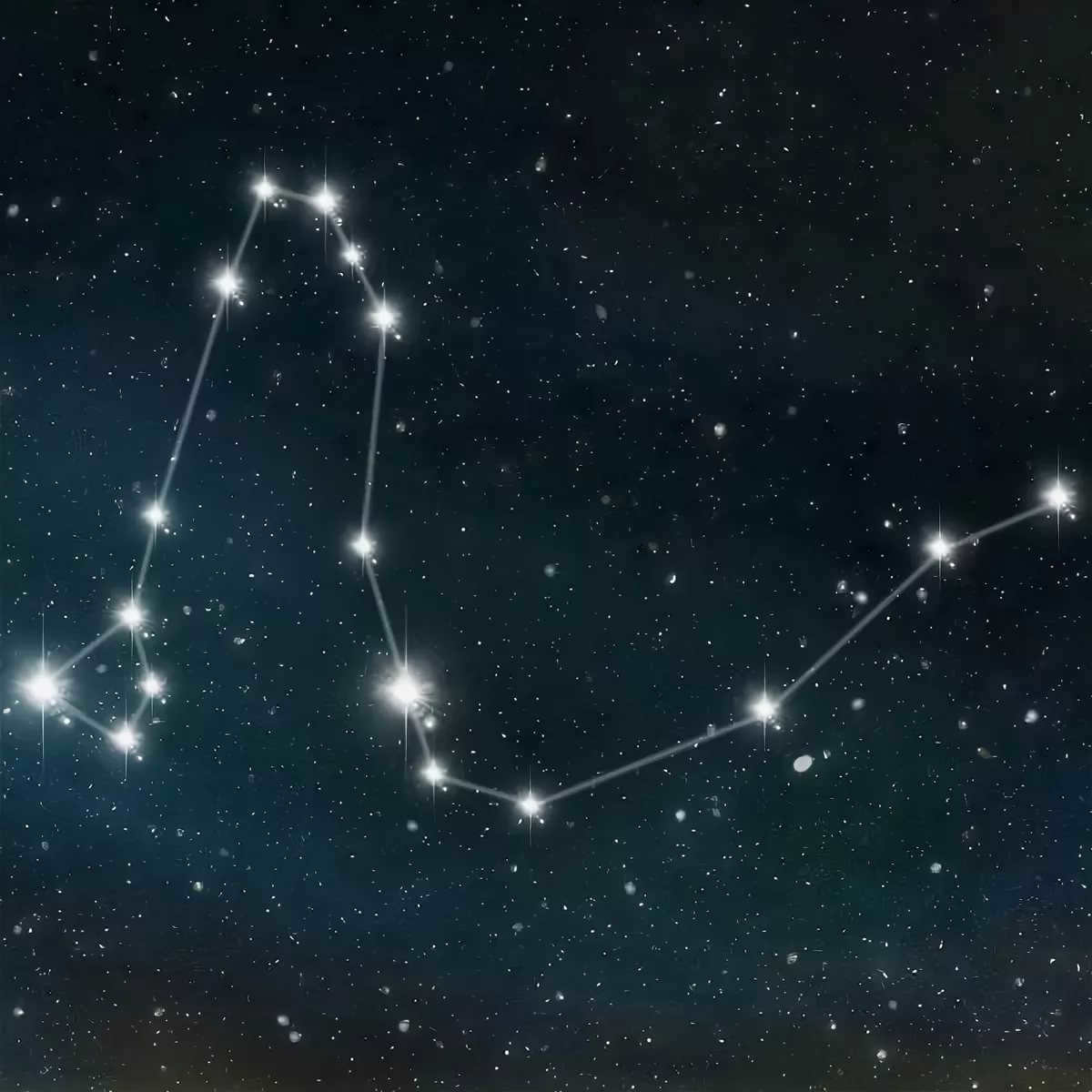
The Dragon is a Greek constellation that was initially recorded by the Greek astronomer Ptolemy during the 2nd century. This constellation is unique in that it can always be seen in the sky for observers in the northern hemisphere, as it never sets below the horizon.
The Dragon constellation is connected to various myths, with the most popular being the tale of the 12 tasks of Hercules, which is symbolized by the neighboring Hercules constellation. According to the myth, the Dragon constellation represents Ladon, the dragon who served as the guardian of the golden apples in the gardens of Hesperides.
7. Pegasus, covering an area of 1120.794 square degrees.
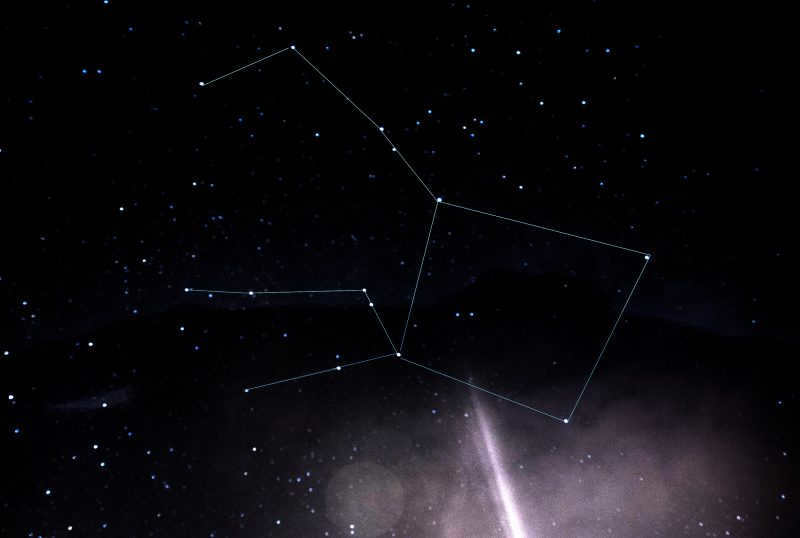
Pegasus is one of the 48 constellations recorded by the Greek astronomer Ptolemy in the 2nd century. It symbolizes the well-known mythical creature, the winged horse, in Greek mythology.
Interestingly, the Pegasus constellation only depicts the upper half of the horse. Some portrayals show the horse emerging from the water. Pegasus was a white-winged horse that emerged from the blood of a gorgon jellyfish after Perseus beheaded it. He served as the carrier of Zeus’ lightning bolts.
Pegasus is home to a Messier object called M15, also known as the Great Pegasus. This globular star cluster houses over 100,000 stars and is one of the oldest known globular clusters.
6. Eridanus, covering an area of 1137.919 square degrees.
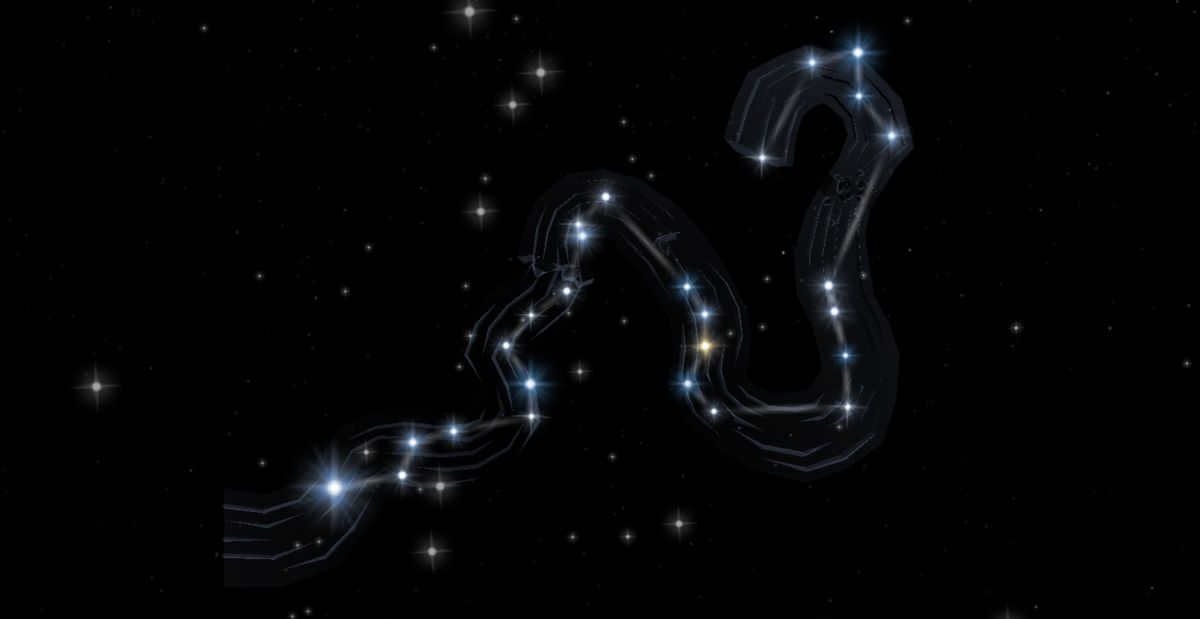
In Greek mythology, the Po River in modern-day Italy is symbolized by Eridanus, and its meandering course is closely associated with two Greek legends.
Eridanus was once believed to be the water that flowed from Aquarius, the water bearer. Other tales connect Eridanus to the ill-fated Phaeton, who crashed Apollo’s heavenly chariot and perished.
While the origin of this constellation remains uncertain, one hypothesis suggests that it derives its name from the Star of Eridu, which is named after an ancient Babylonian city in southern modern-day Iraq.
Situated in the marshlands near the Euphrates River, this star was revered as sacred to the god Enki-Ea, who governed a mythical underground reservoir of fresh water.
5. Hercules covers an area of 1225.148 square degrees.
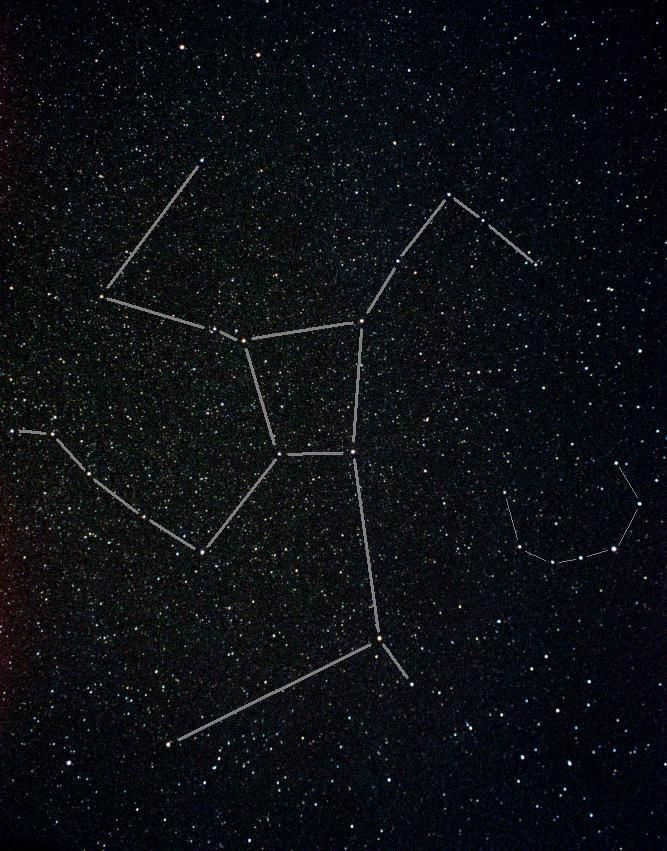
Hercules consists of approximately 245 stars, none of which possess significant brightness. One notable star within this constellation is Kornephoros (Beta Herculis), a yellow star located at a distance of 139 light-years.
According to mythology, the constellation Hercules is primarily associated with the Twelve Labours of Hercules. The second-to-last labour involved the theft of the golden apples of Hera, which were guarded by the dragon Ladon in the Garden of the Hesperides.
Hercules is also home to the most brilliant globular cluster in the northern hemisphere, known as the Great Globular Cluster (M13). Situated 25,200 light-years away, this cluster consists of over 300,000 stars.
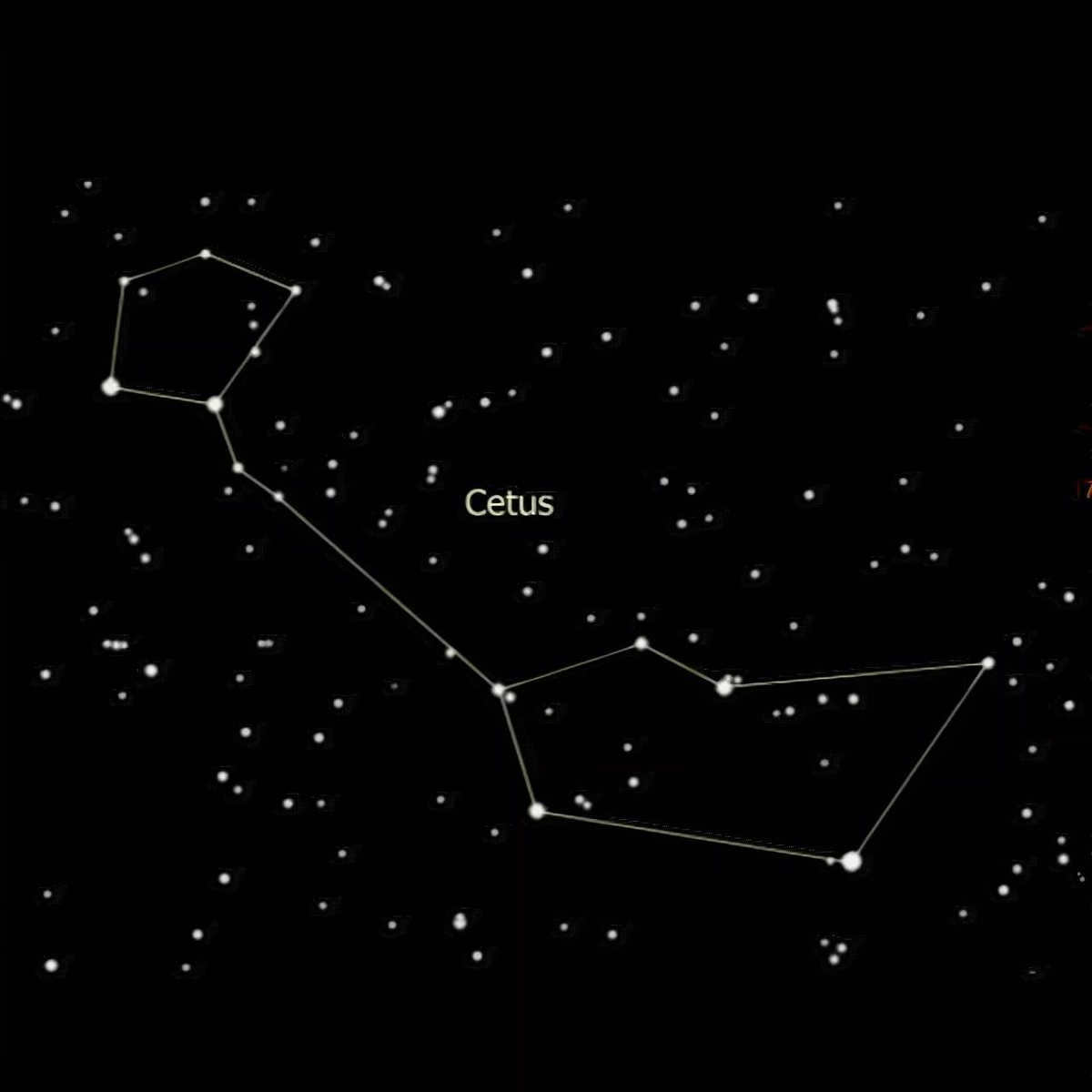
Keith can be observed from latitudes + 70 to -90 and is most visible in November. It is situated in the celestial region known as the “Water” along with other constellations that also have water-related names, such as Aquarius (the water bearer), Pisces (the fish), and Eridanus (the river).
In mythology, the Whale is connected to Princess Andromeda, who was supposed to be sacrificed to a sea monster as revenge for her mother, Queen Cassiopeia, who had insulted the sea god Poseidon with her arrogant claims. Luckily, she was saved by Perseus, who came to the rescue just in time after attacking the winged horse Pegasus.
The whale was also one of the constellations that Ptolemy first recorded in the early 2nd century.
3. The Big Dipper, covering an area of 1279.660 square degrees.
The Big Dipper occupies approximately 3.102% (nearly 1,280 square degrees) of the northern sky and can be observed between latitudes +90 to -30.
It is a highly recognizable constellation, with its seven brightest stars forming a pattern known as the Big Dipper. However, the actual constellation contains around 209 stars, with the brightest being Aliot, located 81 light-years away from Earth.
Together with other well-known constellations like Orion and the Southern Cross, the Big Dipper has been recognized and celebrated in various cultures and mythologies throughout history.
2. Virgo, with an area of 1294.428 square degrees.
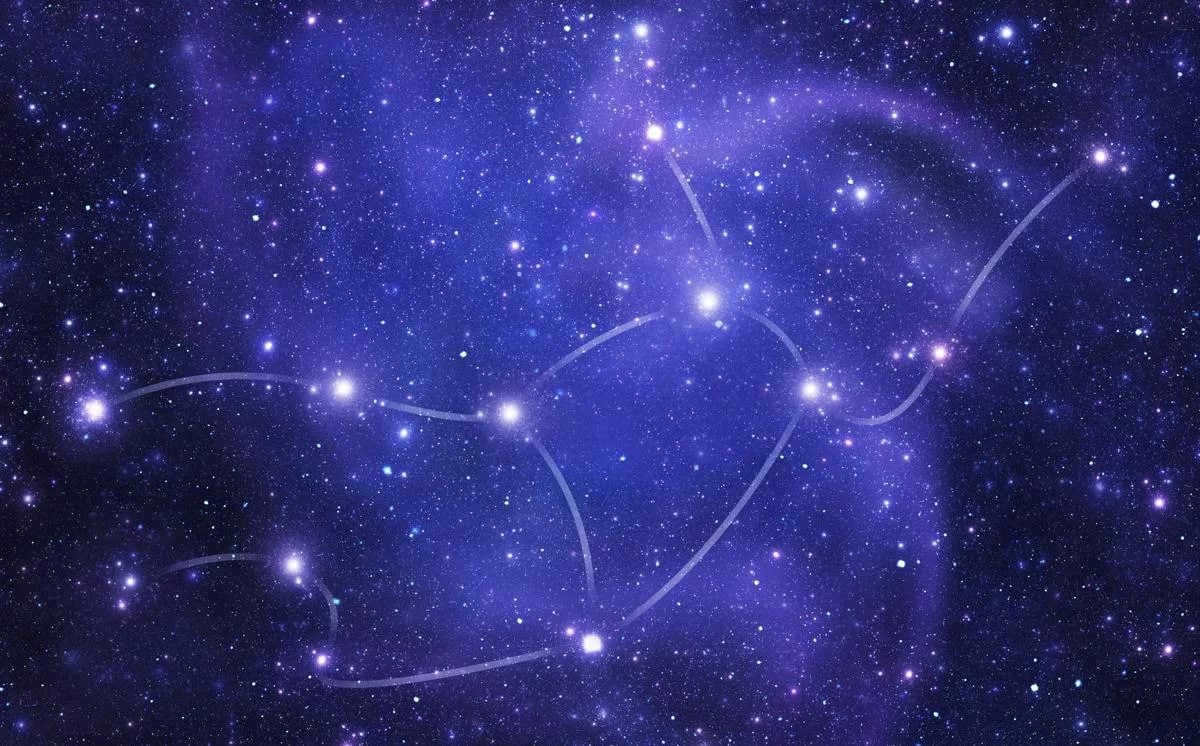
Virgo is one of the largest constellations in the zodiac, covering 3.138% (1,294 square degrees) of the southern sky. It can be seen at latitudes ranging from +80 to -80, although it is most visible in May.
Virgo currently also contains the point of the autumnal equinox, where the Sun’s ecliptic intersects the celestial equator on September 23, marking the start of autumn in the Northern Hemisphere and the beginning of spring in the Southern Hemisphere.
The constellation is home to approximately 169 stars, with only the blue-white giant Spica being of first magnitude. In mythology, Virgo represents Persephone, the Queen of the Underworld and the daughter of Demeter, the goddess of harvest and fertility.
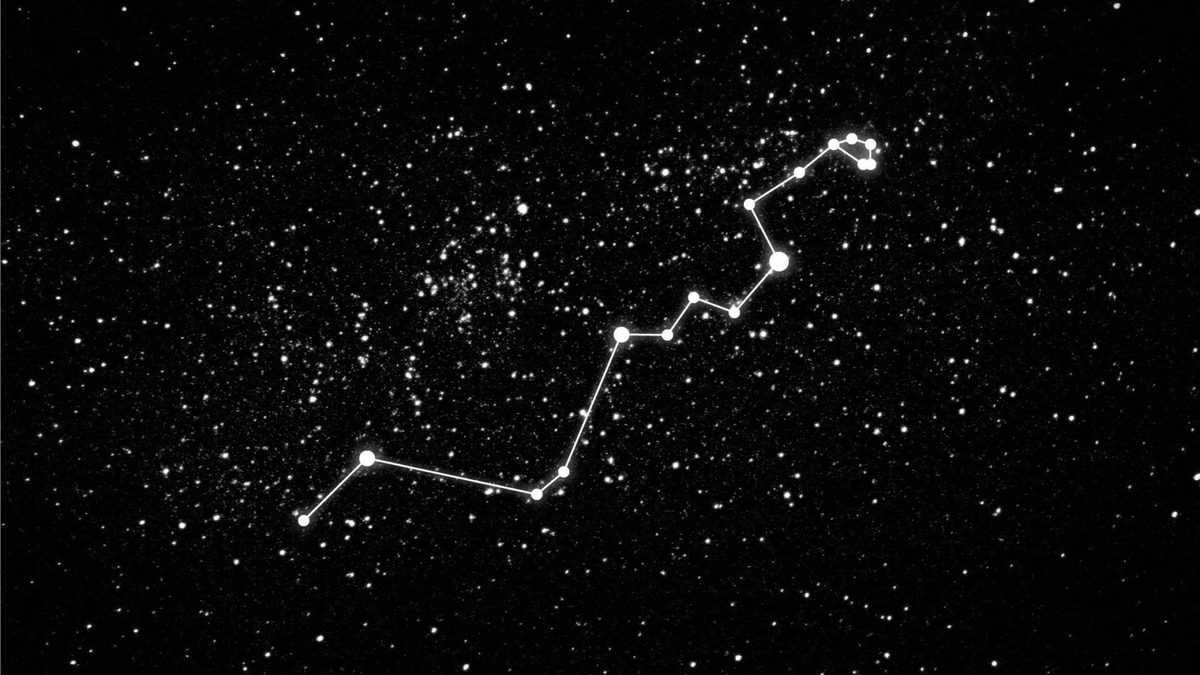
Hydra is the largest star constellation in the night sky, covering 3.158% (1,302 square degrees) of the night sky.
This constellation, known as the “Water serpent,” is visible in the southern hemisphere between latitudes +54 and -83, with the best viewing conditions in April. The head of Hydra is located south of Cancer, while the rest of its long, sinuous body extends towards a point between Centaurus and Libra, where its tail ends.
Hydra is home to approximately 238 stars, although it is mostly made up of an asterism consisting of 17 stars. The brightest star in Hydra is Alphard, an orange giant located 177 light-years away. In Greek mythology, Hydra is associated with the Lernaean Hydra, one of the Twelve Labors of Hercules.
Let’s begin by defining Constellation – these are regions in the sky that have been divided to make it easier to navigate the celestial sphere. Astronomy is a natural science that focuses on the study of celestial objects and events, with its roots dating back to ancient times. In those days, people would observe the night sky, mentally connecting the stars with lines to form imaginary figures. These figures served an important purpose as reference points in space.
However, the problem arose when different cultures made different connections between the celestial bodies, leading to confusion. It wasn’t until 1922 that a unified system was developed. There are currently 88 recognized constellations (52 in the southern hemisphere and 36 in the northern hemisphere), with 13 of them being zodiacal constellations. In this article, we will present the Top 25 Most Famous Constellations in the Sky.
01 The Big Dipper Constellation
The Latin name of this constellation is Ursa Major. It covers an area of 1280 square degrees and contains 125 stars that are brighter than 6m.
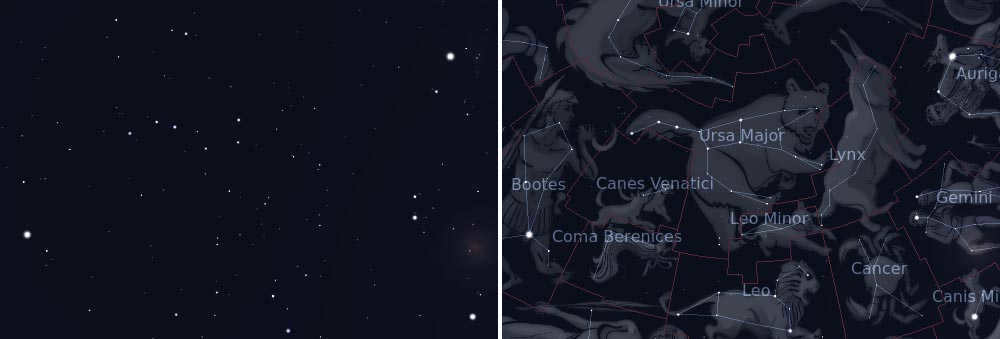
The Big Dipper constellation is located in the northern hemisphere of the night sky. It is the largest constellation in the northern hemisphere and the third largest constellation overall. The Big Dipper is known for its distinctive shape, which resembles a large dipper or ladle, and is often referred to as the Plow. This constellation is easily recognizable and is prominent in many different cultures and mythologies around the world. The Big Dipper was first cataloged by the ancient Greek astronomer Ptolemy in the 2nd century. According to Greek mythology, the Big Dipper is associated with the story of Callisto, a nymph who was transformed into a bear by the jealous goddess Hera.
A fascinating legend surrounds the Big Dipper constellation.
However, Hera, the jealous wife of Zeus, who was not amused by her husband’s promiscuity, would cause even more harm. Filled with anger over Zeus’s betrayal, she transformed Callisto into a bear.
For the next 15 years, Callisto lived as a bear, wandering the forest and constantly evading hunters. One day, her son Arkas found himself face to face with her while walking through the woods. Upon seeing the bear, Arkas instinctively grabbed his spear out of fear.
Observing this scene from Olympus, Zeus intervened to prevent a tragedy. He summoned a powerful whirlwind that carried Callisto and Arkas up into the heavens, where Arkas was transformed into the constellation Boötes, the Shepherd, and Callisto became the Big Dipper. In an alternative version, Arkas becomes the constellation of the Little Bear.
02 The Little Bear’s Constellation
Also known as Ursa Minor, this constellation covers an area of 256 square degrees and contains 20 stars that are brighter than the 6th magnitude.
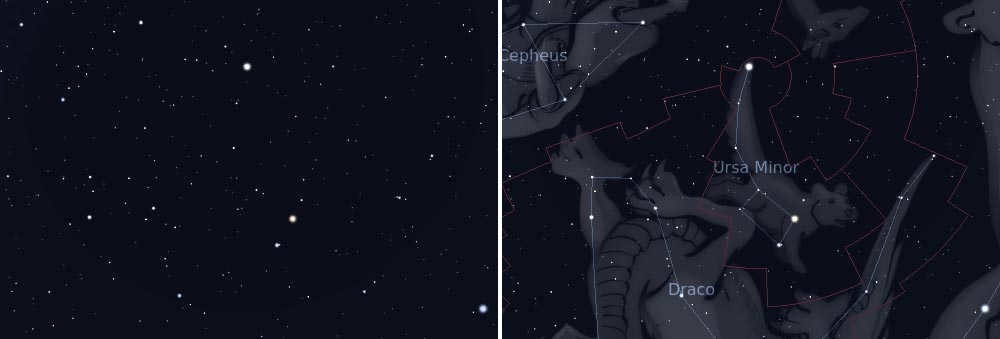
The Little Bear is a constellation located in the northern sky. It is ranked 56th in terms of size, covering an area of 256 square degrees. However, what sets it apart is the presence of a polar star at the end of its handle. This unique feature makes the Little Bear constellation frequently used for navigation purposes.
Question and answer:
– How many constellations are there in the sky?
– In 1922, the I General Assembly of the International Astronomical Union officially approved a list of 88 constellations. Approximately 54 of these constellations are visible from our country’s territory.
03 Constellation Dragon
Draco is the Latin name of this constellation. It covers an area of 1083 square degrees and contains 80 stars that are brighter than 6m.
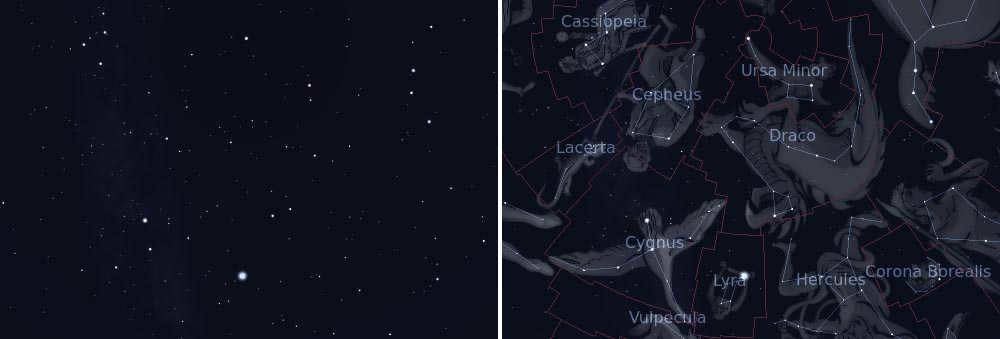
Draco is one of the most well-known constellations in the night sky. It is the eighth largest constellation, covering a total area of 1083 square degrees. This constellation can be found in the northern celestial hemisphere.
The Dragon constellation is situated between the popular constellations of the Ursa Minor and Ursa Major. To spot Draco, you will first need to locate the Ursa Minor constellation. From there, you will find the Big Dipper nearby, and extending from it is the long, winding tail of the dragon, which eventually leads to its head.
Latin name: Cepheus
Area size: 588 square degrees
Total number of stars with brightness greater than 6m: 60
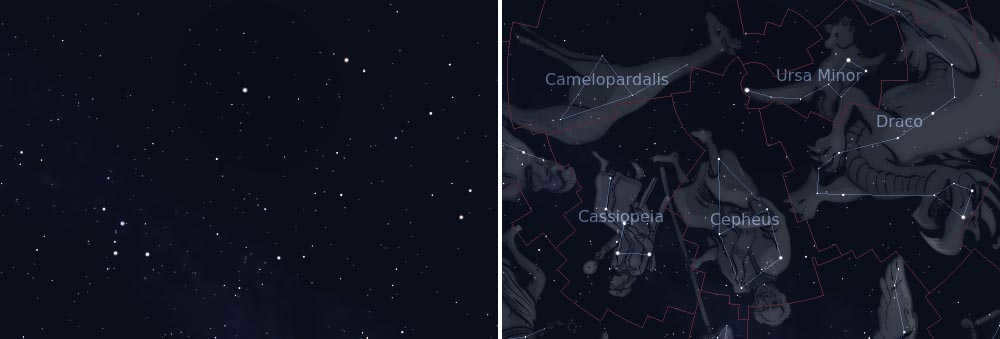
Situated in the northern hemisphere, the Cepheus constellation is renowned among the Greek constellations. Its name originates from the legendary Ethiopian ruler Cepheus, who was the spouse of Cassiopeia and the father of Andromeda, both of whom are represented by neighboring constellations. Like the majority of other constellations in the Perseus family, Cepheus was classified by the Greek astronomer Ptolemy in the 2nd century.
Encompassing an area of 588 square degrees, Cepheus ranks as the 27th largest constellation in the night sky.
05 Constellation Centaurus
Centaurus is the Latin name for this constellation. It covers an area of 1060 square degrees and contains 150 stars that are brighter than 6m.
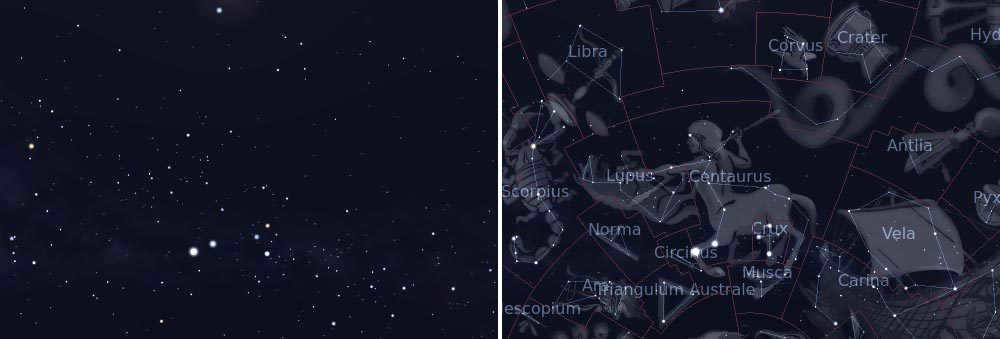
The constellation Centaurus can be found in the southern hemisphere. It is included in the Greek constellations list compiled by the Greek astronomer Ptolemy during the 2nd century, although it was mentioned in earlier Greek texts by the astronomer Eudoxus and the poet Aratus.
Centaurus is recognized as one of the largest constellations in the night sky.
Ranking as the ninth largest constellation, Centaurus covers an extensive area of 1,060 square degrees. Additionally, Centaurus contains two of the ten brightest stars visible from Earth.
In addition, Centaurus is home to notable celestial features such as the renowned Blue Planet Nebula, also known as the Southern Nebula, and the Boomerang Nebula.
Constellation Virgo
The Latin name of this constellation is Virgo. It covers an area of 1294 square degrees and contains 95 stars that are brighter than 6m.
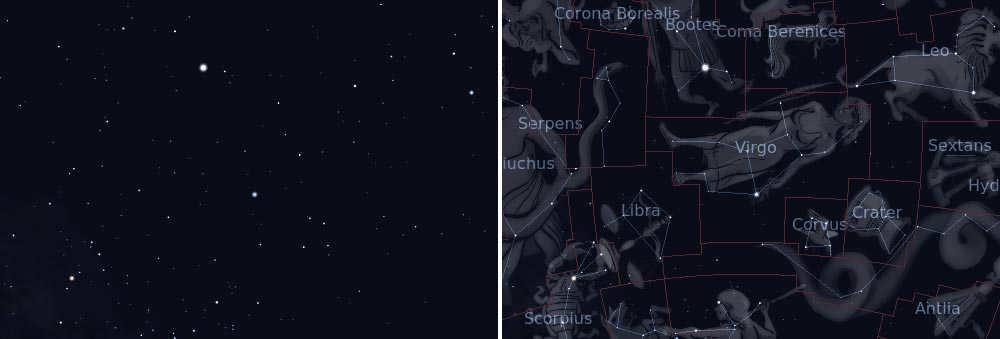
The constellation of Virgo was among the twelve zodiac constellations initially documented by the Greek astronomer Ptolemy during the 2nd century. It includes one of the most brilliant stars visible in the nighttime sky and marks the location of the autumnal equinox, located close to the star Beta Virgo. Virgo, the second largest constellation in the celestial sphere, is only surpassed in size by the constellation Hydra.
Virgo spans an impressive 1,294 square degrees, making it the second largest constellation in the sky.
Scientific name: Hydra
Area (in square degrees): 1303
Total number of stars with magnitude brighter than 6: 130
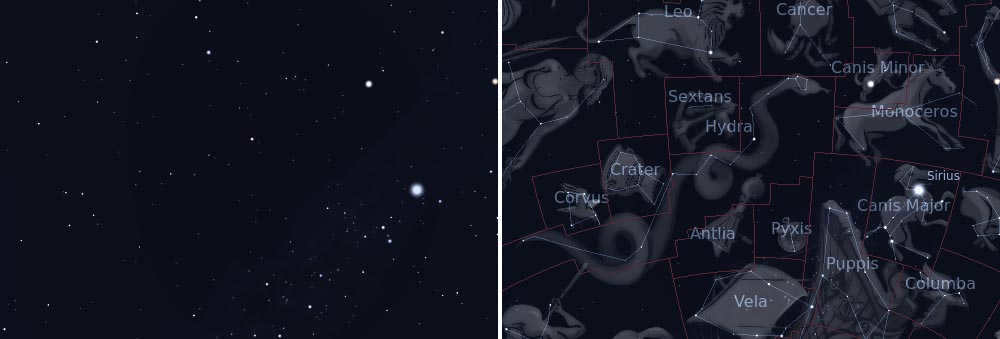
The constellation Hydra, also known as the water snake, holds the distinction of being the largest constellation among the 88 constellations in the night sky. Covering a vast area of 1303 square degrees, it can be found in the southern celestial hemisphere, spanning a distance of 102.5 degrees.
Hydra’s head is positioned to the south of the constellation Cancer, while its tail stretches between Centaurus and Libra. This constellation was initially documented by the ancient Greek astronomer Ptolemy during the 2nd century. It is said to depict the Lernaean Hydra, which played a significant role in the Greek myth of the Twelve Labors of Hercules. Interestingly, it is sometimes misinterpreted as representing the water snake from the mythological tale of the raven who attempted to deceive the god Apollo by accusing the snake of tardiness in delivering water to him.
In mythology, the Hydra possessed a total of nine heads, with a single one being impervious to death. The Celestial Hydra, however, is represented with solely one head, presumably the one that cannot be destroyed.
08 Constellation Cassiopeia
Latin name: Cassiopea
Area (square degrees): 598
Number of stars brighter than 6m: 90
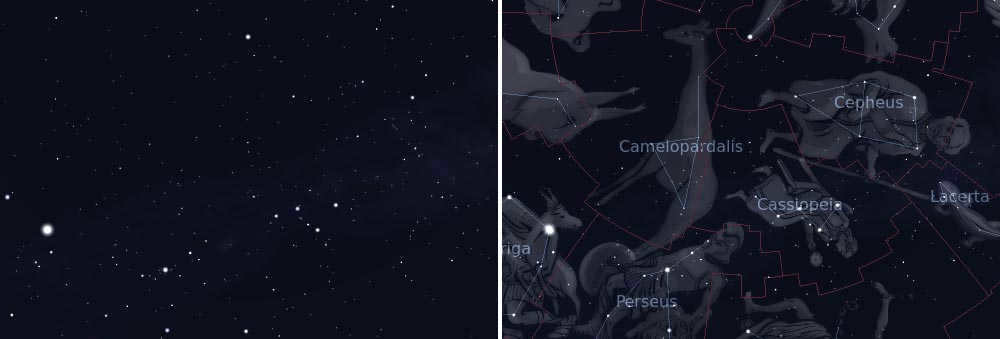
Cassiopeia constellation is a vast constellation found in the northern part of the sky. It was given its name in honor of Cassiopeia, a queen from Greek mythology known for her vanity and arrogance. Cassiopeia is commonly referred to as the W-shaped constellation due to the distinct pattern formed by its five brightest stars. The ancient Greek astronomer Ptolemy included Cassiopeia in his catalog of constellations in the 2nd century, alongside other constellations that belong to the Perseus family.
With an area of 598 square degrees, Cassiopeia is the 25th largest constellation visible in the night sky.
The Latin name of this constellation is Pegasus. It covers an area of 1121 square degrees and contains 100 stars that are brighter than 6m.
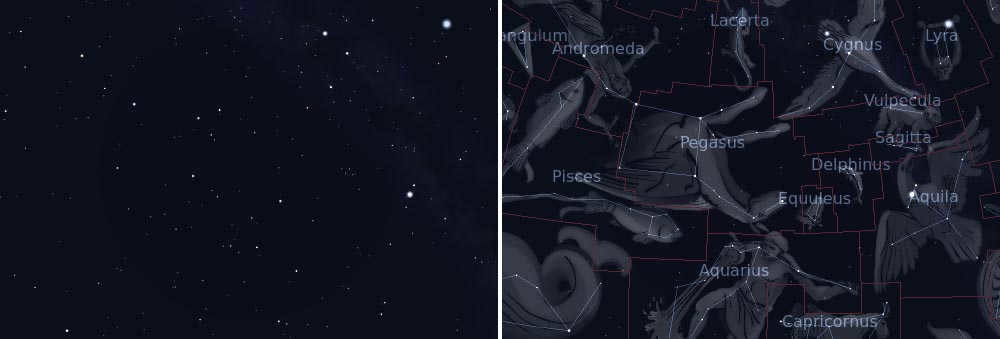
Pegasus constellation is located in the northern hemisphere. It is one of the largest constellations visible in the night sky. It was originally documented by the ancient Greek astronomer Ptolemy during the 2nd century. This constellation was given its name after the mythological creature Pegasus, a winged horse.
Pegasus constellation covers a vast area of the sky, measuring approximately 1,121 square degrees, making it the seventh largest constellation.
Constellation Hercules: 10th in the series
Officially known as Hercules, this constellation spans an area of approximately 1225 square degrees and is home to a total of 140 stars that shine brighter than 6m.
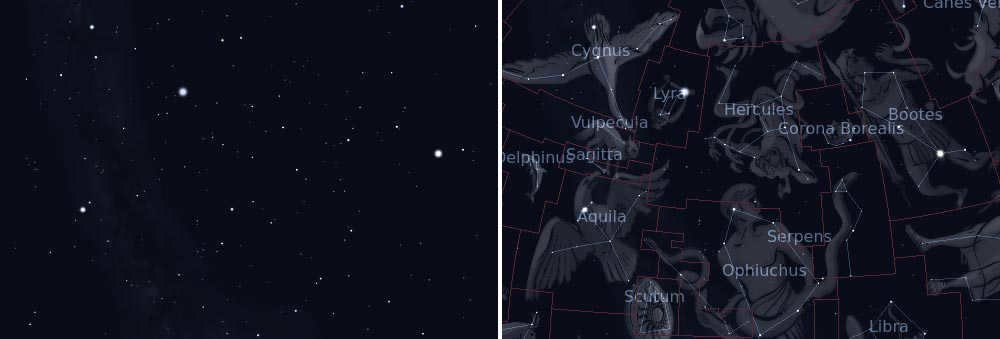
The constellation Hercules can be found in the northern hemisphere of the sky. Its name derives from Hercules, the Roman interpretation of the Greek hero Hercules.
Hercules ranks as the fifth largest constellation, covering a total area of 1,225 square degrees in the celestial sphere. In traditional representations, the star Ras Algeti (Alpha Hercules) symbolizes the head of Hercules, while the prominent asterism known as Cornerstone represents his torso as he stands triumphantly atop the head of the Dragon.
Among the other famous constellations are Cetus, Ophiuchus, Leo, Cygnus, Aquila, Perseus, Pisces, Sagittarius, and Taurus, as well as Eridanus, Cepheus, Phoenix, Scorpius, and Cancer.
The Southern Hemisphere boasts several well-known constellations, such as Serpentor (a component of the constellation), Virgo (a component of the constellation), Hydra (a component of the constellation), Centaurus, and the Southern Triangle.
In the Northern Hemisphere, you can find a plethora of famous constellations.
Many of these constellations are instantly recognizable from our school days. Some of the most renowned constellations in the Northern Hemisphere include: Serpentor (a component of the constellation), Virgo (a component of the constellation), Hydra (a component of the constellation), the Big/Little Dipper, the Dragon, Pegasus, the Swan, Andromeda, Perseus, Cepheus, and Cassiopeia.
Stars are not only visible in the sky!
Stellarium is a planetarium that is both free and open source for computers and phones. With Stellarium, you can observe constellations in real-time based on your current location. The web version can be accessed at: https://stellarium-web.org/. For individuals who are not proficient in English, there is a table below that provides translations for the names of the constellations.
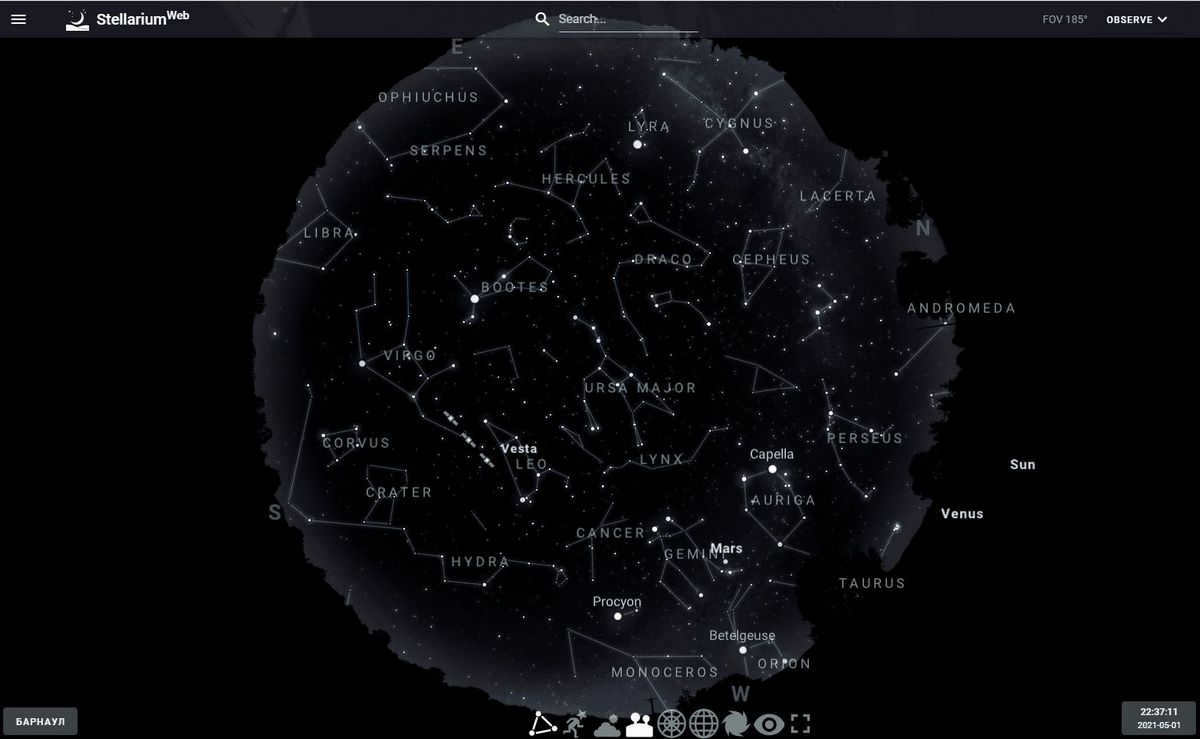
If you are passionate about astronomy, we have compiled a comprehensive catalog of all the stars in existence
| Andromeda | Andromeda | And | 722 | 100 |
| Gemini | Gemini | Gem | 514 | 70 |
| Big Dipper | Ursa Major | UMa | 1280 | 125 |
| Big Dog | Canis Major | CMa | 380 | 80 |
| Libra | Libra | Lib | 538 | 50 |
| Aquarius | Aquarius | Aqr | 980 | 90 |
| Ascendant | Auriga | Aur | 657 | 90 |
| Wolf | Lupus | Lup | 334 | 70 |
| Wolf | Bootes | Boo | 907 | 90 |
| Veronica’s Hair | Coma Berenices | Com | 386 | 50 |
| Raven | Corvus | Crv | 184 | 15 |
| Hercules | Hercules | Her | 1225 | 140 |
| Hydra | Hydra | Hya | 1303 | 130 |
| Dove | Columba | Col | 270 | 40 |
| Hound Dogs | Canes Venatici | CNv | 565 | 30 |
| Virgo | Virgo | Vir | 1294 | 95 |
| Dolphin | Delphinus | Del | 189 | 30 |
| Dragon | Draco | Dra | 1083 | 80 |
| Unicorn | Monoceros | Mon | 482 | 85 |
| Sacrificial | Ara | Ara | 237 | 30 |
| Painter | Pictor | Pic | 247 | 30 |
| Giraffe | Camelopordalis | Cam | 757 | 50 |
| Crane | Grus | Gru | 366 | 30 |
| Hare | Lepus | Lep | 290 | 40 |
| Serpentine | Ophiuchus | Oph | 948 | 100 |
| Serpent | Serpens | Ser | 637 | 60 |
| Goldfish | Dorado | Dor | 179 | 20 |
| Indian | Indus | Ind | 294 | 20 |
| Cassiopea | Cassiopea | Cas | 598 | 90 |
| Keel | Carina | Car | 494 | 110 |
| Whale | Cetus | Cet | 1231 | 100 |
| Capricornus | Capricornus | Cap | 414 | 50 |
| Compass | Pyxis | Pyx | 221 | 25 |
| Feeds | Puppis | Pup | 673 | 140 |
| Swan | Cygnus | Cyg | 804 | 150 |
| Lion | Leo | Leo | 947 | 70 |
| Flying Fish | Volans | Vol | 141 | 20 |
| Lyra | Lyra | Dnk | 286 | 45 |
| Chanterelle | Vulpecula | Vul | 268 | 45 |
| Little Bear | Ursa Minor | UMi | 256 | 20 |
| Lesser Horse | Equuleus | Equ | 72 | 10 |
| Leo Minor | Leo Minor | LMi | 232 | 20 |
| Small Dog | Canis Minor | Cmi | 183 | 20 |
| Microscope | Microscopum | Mic | 210 | 20 |
| Fly | Musca | Mus | 138 | 30 |
| Pump | Antlia | Ant | 239 | 20 |
| Naugolnik | Norma | Nor | 165 | 20 |
| Aries | Aries | Ari | 441 | 50 |
| Octant | Octans | Oct | 291 | 35 |
| Eagle | Aquila | Aql | 652 | 70 |
| Orion | Orion | Ori | 594 | 120 |
| Peacock | Pavo | Pav | 378 | 45 |
| Sails | Vela | Vel | 500 | 110 |
| Pegasus | Pegasus | Peg | 1121 | 100 |
| Perseus | Perseus | Per | 615 | 90 |
| Furnace | Fornax | For | 398 | 35 |
| Bird of Paradise | Apus | Aps | 206 | 20 |
| Cancer | Cancer | Cnc | 506 | 60 |
| Incisor | Caelum | Cae | 125 | 10 |
| Pisces | Pisces | Psc | 889 | 75 |
| Lynx | Lynx | Lyn | 545 | 60 |
| Northern Crown | Corona Borealis | Skye | 179 | 20 |
| Sextant | Sextans | Sex | 314 | 25 |
| Reticulum | Reticulum | Ret | 114 | 15 |
| Scorpion | Scorpius | Sco | 497 | 100 |
| Sculptor | Sculptor | Sct | 475 | 30 |
| Table Mountain | Mensa | Men | 153 | 15 |
| Arrow | Sagitta | Sge | 80 | 20 |
| Sagittarius | Sagittarius | Sgr | 867 | 115 |
| Telescope | Telescopium | Tel | 252 | 30 |
| Taurus | Taurus | Tau | 797 | 125 |
| Triangle | Triangulum | Tri | 132 | 15 |
| Tucana | Tucana | Tuc | 295 | 25 |
| Phoenix | Phoenix | Phe | 469 | 40 |
| Chameleon | Chamaeleon | Cha | 132 | 20 |
| Centaurus (Centaurus) | Centaurus | Cen | 1060 | 150 |
| Cepheus | Cepheus | Cep | 588 | 60 |
| Circulus | Circinus | Cir | 93 | 20 |
| Clock | Horologium | Hor | 249 | 20 |
| Cup | Crater | Crt | 282 | 20 |
| Shield | Scutum | Sct | 109 | 20 |
| Eridanus | Eridanus | Eri | 1138 | 100 |
| Southern Hydra | Hydrus | Hyi | 243 | 20 |
| Southern Corona | Corona Australis | CrA | 128 | 25 |
| Southern Fish | Piscis Austrinus | PsA | 245 | 25 |
| Southern Cross | Crux | Cru | 68 | 30 |
| Southern Triangle | Triangulum Australe | TrA | 110 | 20 |
| Lizard | Lacerta | Lac | 201 | 35 |
In ancient times, there was also a fascination with astronomy. Of course, these teachings could not be classified as true science.
People came up with names for imaginative shapes created by stars, and these were called constellations. The system was flawed, with some stars belonging to multiple constellations, while others held no interest to anyone at all.
In 1922, the International Astronomical Union made the decision to divide the sky into specific regions. A total of 88 constellations were officially recognized, although only 54 are visible in Russia. Here, we have compiled a list of the top 10 most renowned constellations in the night sky.
10. Dragon
The mythical creature known as the dragon has captivated human imagination for centuries. With its serpentine body, powerful wings, and fiery breath, the dragon is a symbol of power, strength, and magic. Legends and stories from various cultures depict dragons as either benevolent protectors or fearsome foes. In Chinese mythology, dragons are associated with good luck and prosperity, while in European folklore, they are often portrayed as dangerous creatures that hoard treasure. Despite their different interpretations, dragons continue to be a popular subject in literature, art, and popular culture. Whether they are depicted as wise and noble creatures or terrifying beasts, dragons have a timeless appeal that continues to fascinate people of all ages.
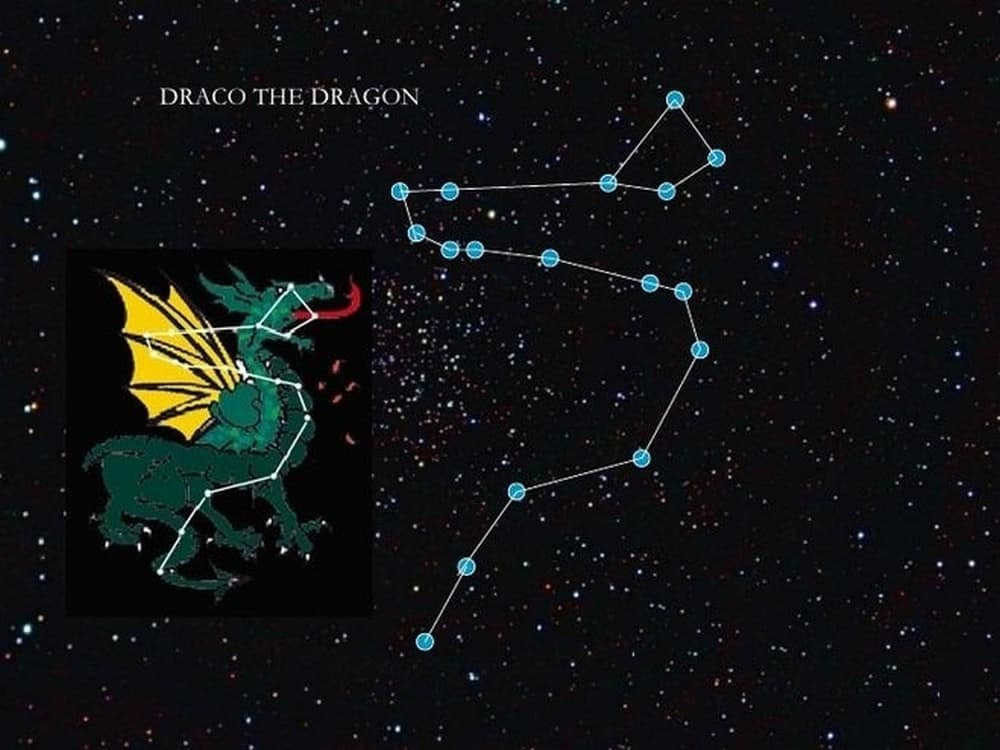
The Dragon – is one of the largest constellations, covering an area of 1,083 square degrees. It can be quite challenging to identify. It is located in the Northern Hemisphere, between the constellations of the Little Dipper and the Big Dipper.
The stars in the Dragon constellation are dim and faint, with over 80 stars having a magnitude of brightness measurement exceeding 6m.
If you observe the sky around the Big Dipper, you will notice a long curved line that forms the head of the dragon.
This constellation is best observed during the summer and fall months, from May to December.
The constellations have a long history filled with myths and legends. One such constellation is the Dragon, which has a fascinating origin story. According to ancient tales, a mighty beast dared to challenge the Olympian gods. In response, the goddess Athena punished the creature by casting it into the heavens, where it became the constellation of the Dragon.
9. Cepheus
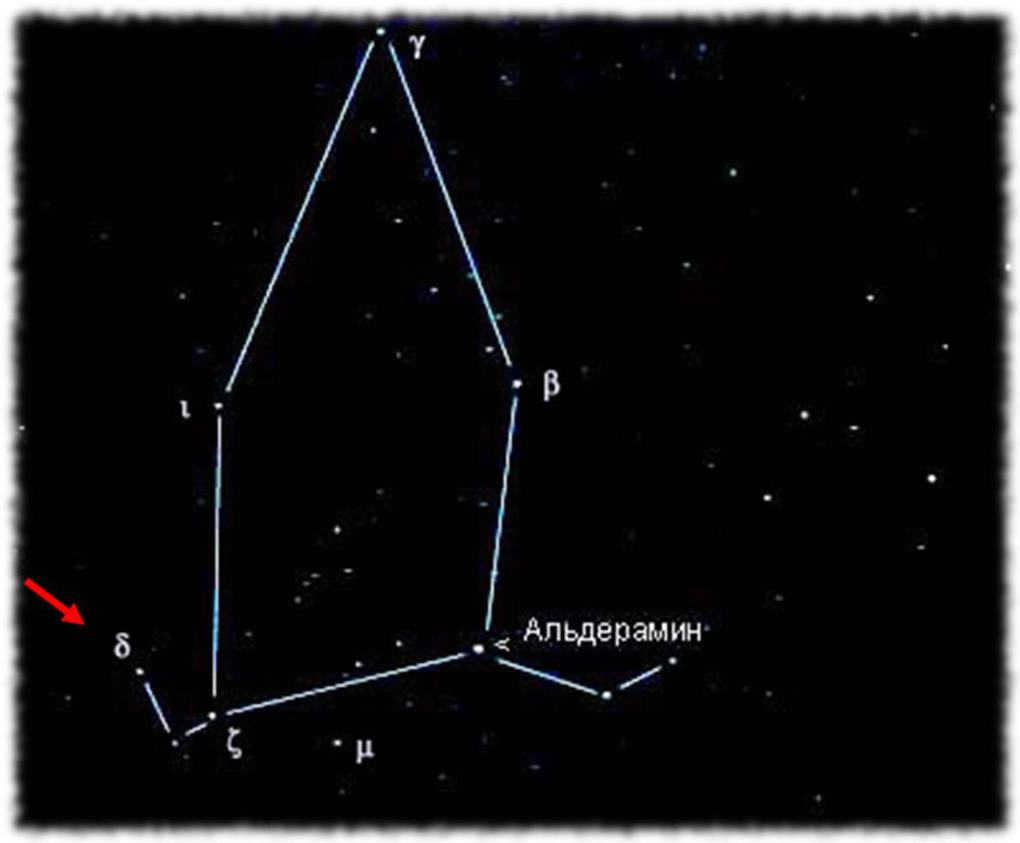
The Cepheus can be found in the Northern Hemisphere. It covers an area of 588 square degrees and contains 148 stars that are visible to the naked eye.
One of its neighboring constellations is the Little Bear, which is well-known even to those with no knowledge of astronomy.
Cepheus has an irregular pentagon shape and lacks bright stars, but it can be observed throughout the year in Russia.
Cepheus is notable for being the future location of the North Pole, although this shift is expected to occur in 1000 years.
In Greek mythology, there is a myth involving the Ethiopian king Cepheus as the prototype for this constellation. However, scientific evidence suggests that the constellation appeared much later.
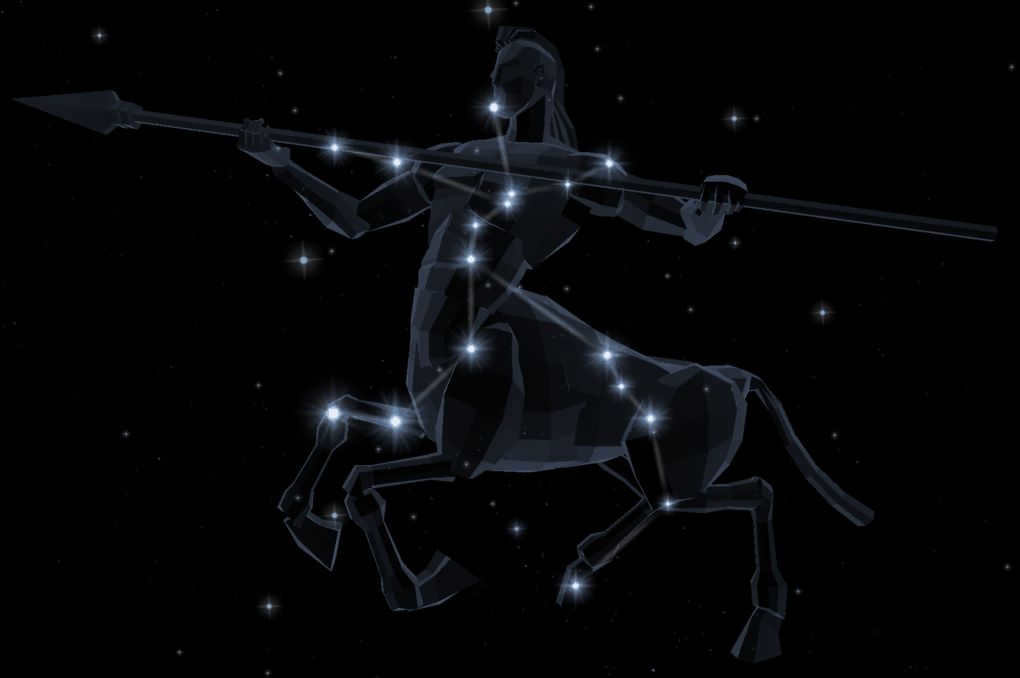
Centaurus is an incredibly expansive constellation, covering an area of 1060 square degrees. Unfortunately, those residing in the Northern Hemisphere will not have the opportunity to marvel at its beauty.
Located in the Southern Hemisphere, Centaurus can be found along a line extending from the Big Dipper to the constellation Virgo.
In Russia, the visibility of this constellation improves as one moves further south. However, it cannot be fully observed within the country. Its shape resembles that of a centaur and is composed of numerous bright stars.
According to Greek mythology, the wise centaur Chiron is believed to be the son of the supreme deity Kronos and the beautiful nymph Philira.
Another notable figure is the centaur Pholus, who was elevated to the heavens by Heracles. Pholus was struck by a poisoned arrow shot by Heracles himself.
7. Virgo
can be paraphrased as:
Seventh Sign of the Zodiac
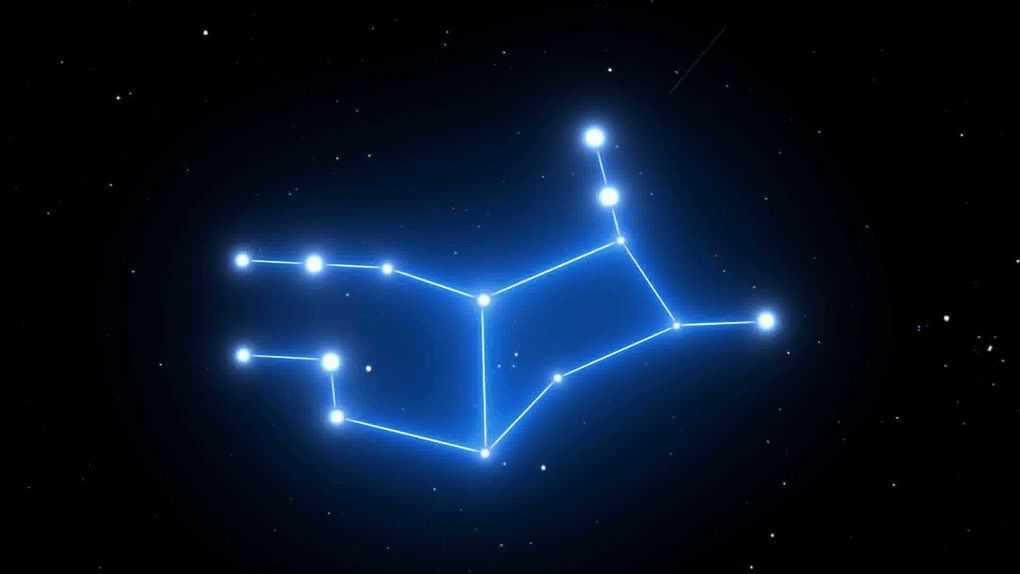
The constellation Virgo is the second largest constellation, covering an area of 1,294 square degrees. It is located on the equator, positioned between the constellations Leo and Libra.
Virgo is also famous for being the location of the autumnal equinox.
In ancient atlases, the constellation is represented as a maiden holding a sheaf of wheat. Obviously, it is highly unlikely that an ordinary person would be able to discern such a figure in the night sky.
There is a prominent landmark that helps in locating this constellation – the first magnitude star, Spica. In total, 171 stars can be observed with the naked eye.
An extraordinary tale is behind the origin of the constellation. According to ancient Greek mythology, the goddess of justice, Dika, was greatly displeased with the actions of humans and decided to abandon Earth. Instead, she took flight into the heavens and settled next to the representation of justice, which is the constellation Libra.
6. Hydra
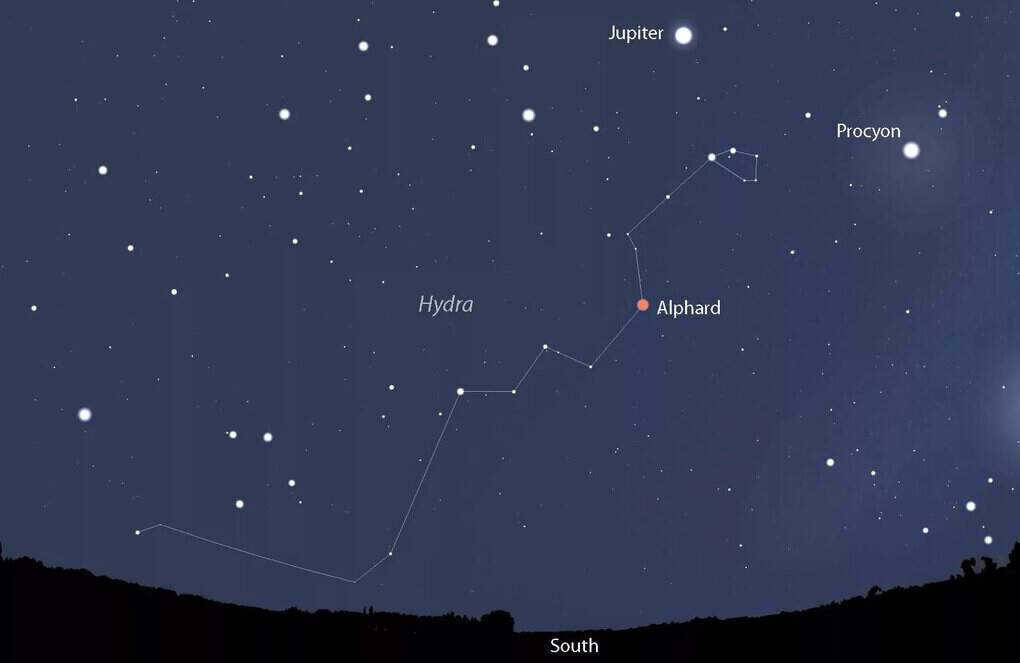
Hydra is a constellation that covers an area of 1300 square degrees, making it the longest constellation. It is located in the Southern Hemisphere.
In Russia, the best time to observe Hydra is in late winter or spring. Residents of southern cities will have the best view of the constellation.
There are 229 stars in Hydra that can be seen without the need for a telescope or binoculars, although they are not particularly bright.
Some of the interesting stars in the constellation include Alpha Hydra, Gamma Hydra, Xi Hydra, and various scattered clusters.
The mythological story behind Hydra involves Apollo’s Raven, who went to fetch water but took too long. As an apology, the raven brought Apollo a serpent. In his anger, Apollo threw the raven, the serpent, and the bowl of water into the sky, creating the constellations Raven and Hydra.
According to an alternative interpretation, Hydra is Heracles’ adversary, a creature with seven heads.
5. Cassiopeia
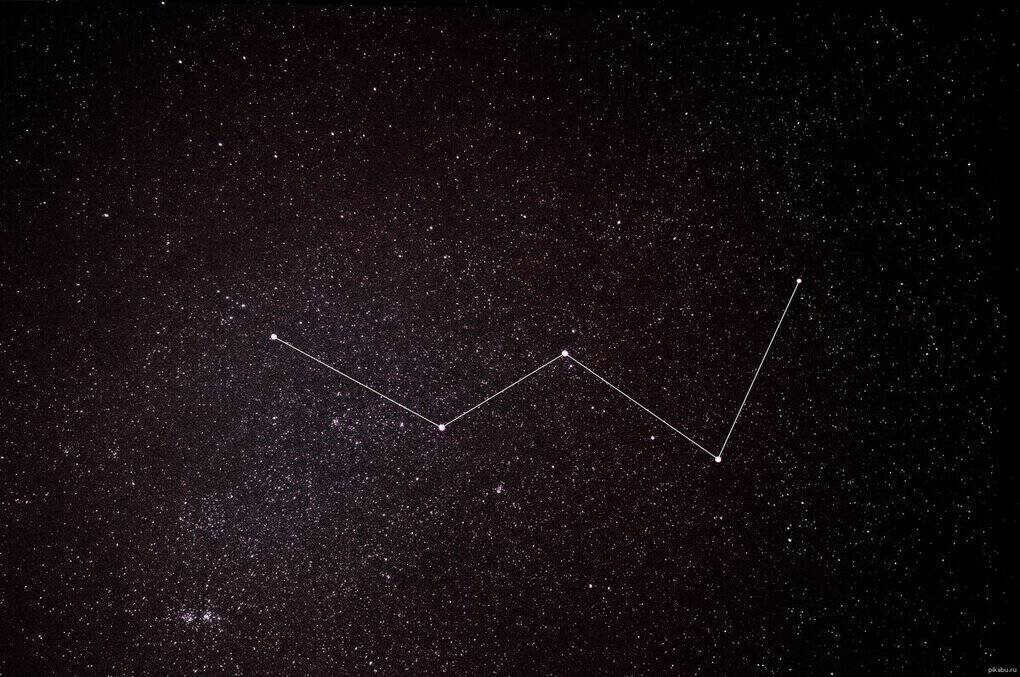

The Cassiopeia constellation can be seen in the Northern Hemisphere and is visible all year round, with the best viewing time being in the autumn.
Resembling the shape of the letter W, Cassiopeia covers an area of 598 square degrees and contains around 90 visible stars. Its distinctive shape is formed by its five brightest stars.
This constellation is named after the wife of King Cepheus. Cassiopeia was also the mother of Andromeda. This proud woman was punished by being tied to a throne and spun around a pole. Every day, Cassiopeia would find herself upside down, constantly rotating.
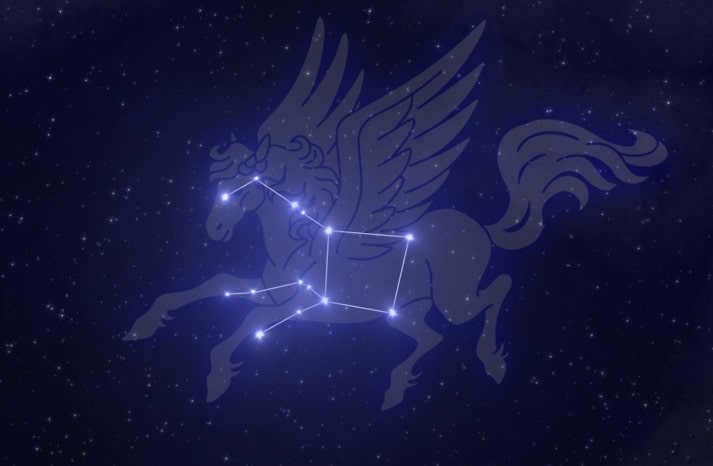
Pegasus, a prominent constellation, is located in the Northern Hemisphere and covers an area of 1120.8 square degrees. It is possible to observe 166 stars in this constellation without the need for any instruments. The ideal time to view Pegasus is during late summer and early fall.
Pegasus resembles a large square with stars that appear to be tentacles, making it a constellation that requires a vivid imagination to fully appreciate the shape of a winged horse.
In ancient Greek mythology, Pegasus is known as a winged horse. According to the legends, Pegasus came into existence when Perseus beheaded the Gorgon Medusa and her blood transformed into a horse.
3. Hercules
Hercules, also known as Heracles, was a legendary hero in Greek mythology. He was the son of Zeus, the king of the gods, and Alcmene, a mortal woman. Hercules was renowned for his incredible strength and bravery.
One of the most well-known stories about Hercules is his Twelve Labors. As punishment for killing his wife and children in a fit of madness, Hercules was given twelve seemingly impossible tasks to complete. These tasks included slaying the Nemean Lion, capturing the Golden Hind, and retrieving the Apples of Hesperides.
Despite facing numerous challenges and obstacles, Hercules successfully completed all twelve labors and became a symbol of heroism and perseverance. His feats were celebrated in ancient Greece and continue to be an inspiration for many today.
In addition to his labors, Hercules was also involved in many other adventures and battles. He fought alongside the Argonauts in their quest for the Golden Fleece and played a crucial role in the Trojan War.
Unfortunately, Hercules’ life was not without tragedy. After completing his labors, he was betrayed by his second wife, Deianira, who inadvertently caused his death. In an attempt to win back his love, Deianira gave Hercules a cloak coated in the blood of the centaur Nessus, believing it to be a love potion. However, the blood was poisonous and caused Hercules excruciating pain. In his agony, he built a funeral pyre and had himself placed upon it. As he was consumed by the flames, he ascended to Mount Olympus and became a god.
Hercules’ story has been retold and reimagined countless times throughout history, appearing in literature, art, and film. He continues to be a beloved figure in popular culture and a symbol of strength and heroism.
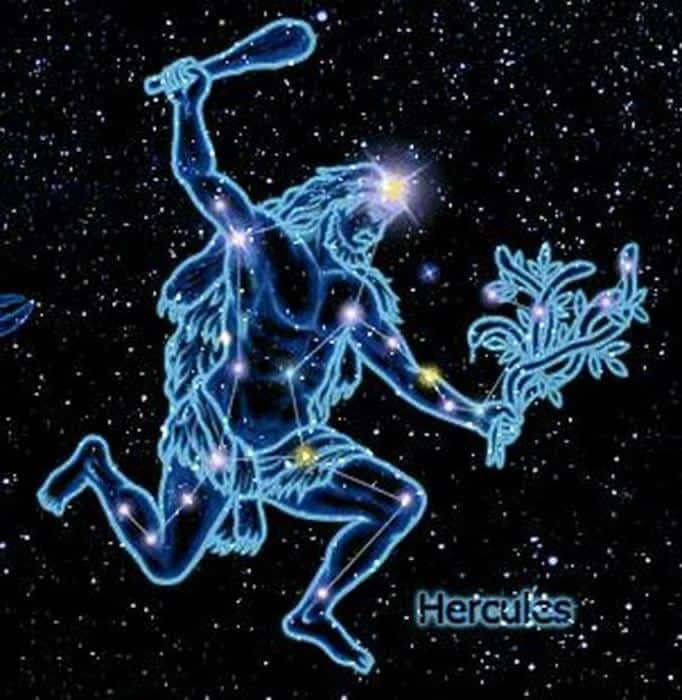
The constellation Hercules is located in the Northern Hemisphere. Covering an area of 1,225 square degrees, it is widely recognized and easily identifiable.
One of the most prominent features of Hercules is the Trapezium, which represents the titan’s torso. While residents of Russia can observe the entire constellation, some parts may be hidden below the horizon during the lower culmination. The best time to observe Hercules is in June.
Originally named Kneeling, the constellation was described by the ancient poet Aratus as a suffering husband, though the cause of his suffering remains unknown.
In the 5th century BC, the constellation was renamed Hercules, a name that has stuck ever since.
2. Ursa Major
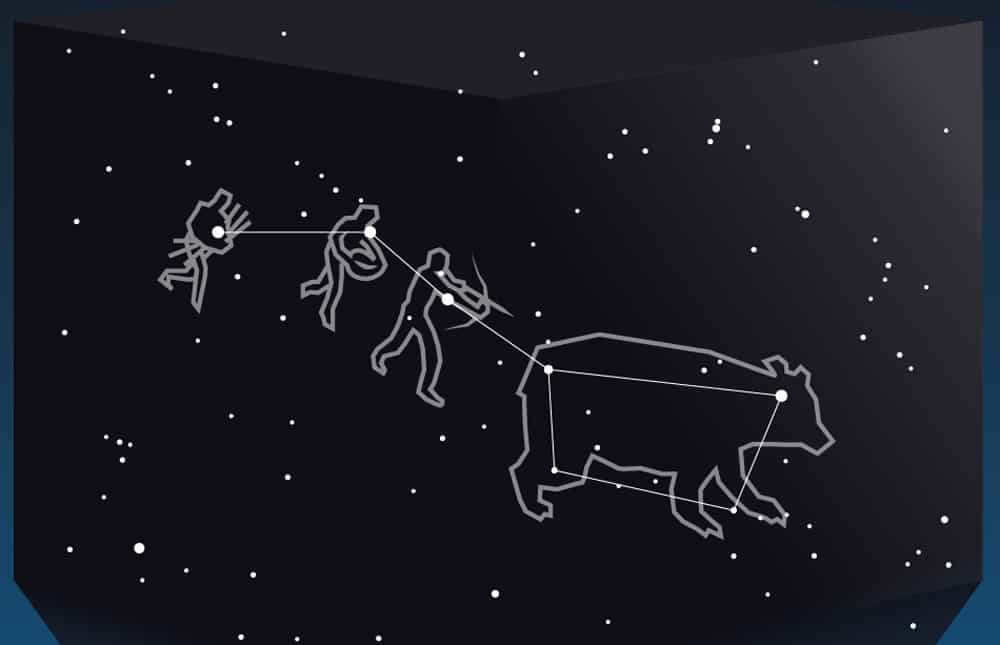
The Great Bear – is by no means the most renowned constellation in the northern hemisphere. Everyone has spotted a group of stars that resemble a bucket with a handle in the sky, at least once. The area occupied by the Great Bear is 1280 square degrees, making it the third largest constellation. It is visible to the naked eye with 125 stars.
The asterism (a recognizable pattern of stars) known as the Great Bear, goes by many other names. Furthermore, it is not the only asterism within the constellation of the Great Bear.
The origin of this constellation can be traced back to ancient Greek myths. Zeus saved the beautiful nymph Callisto from the wrath of the goddess Hera by transforming her into a bear.
